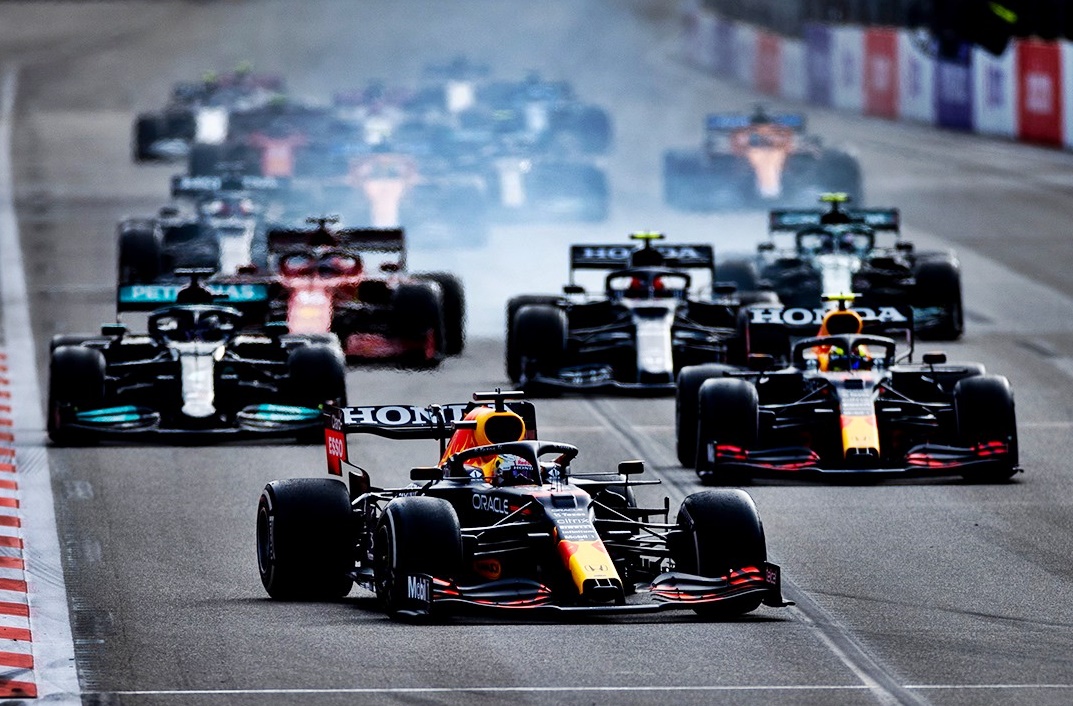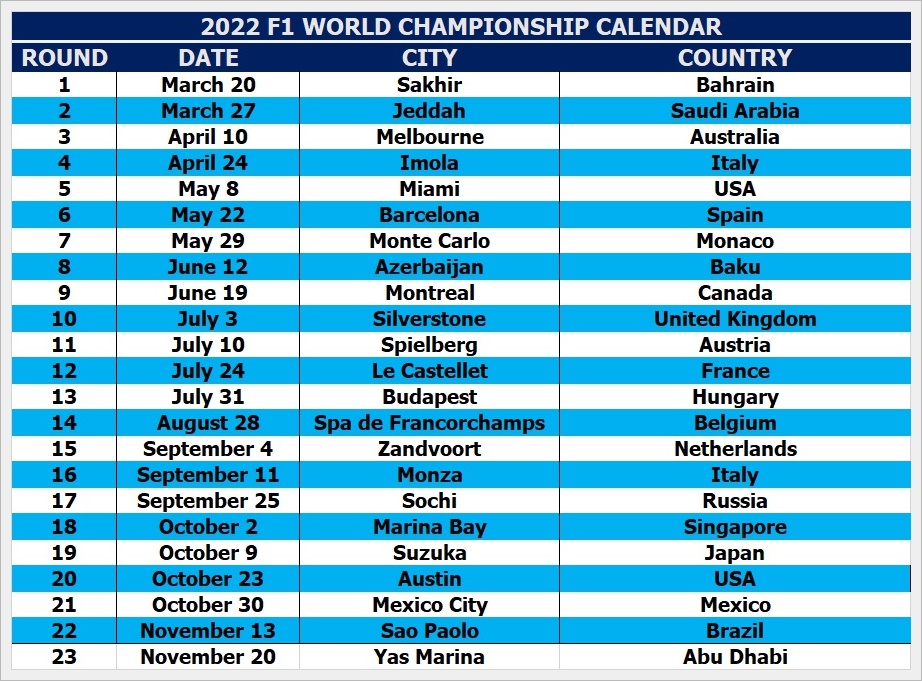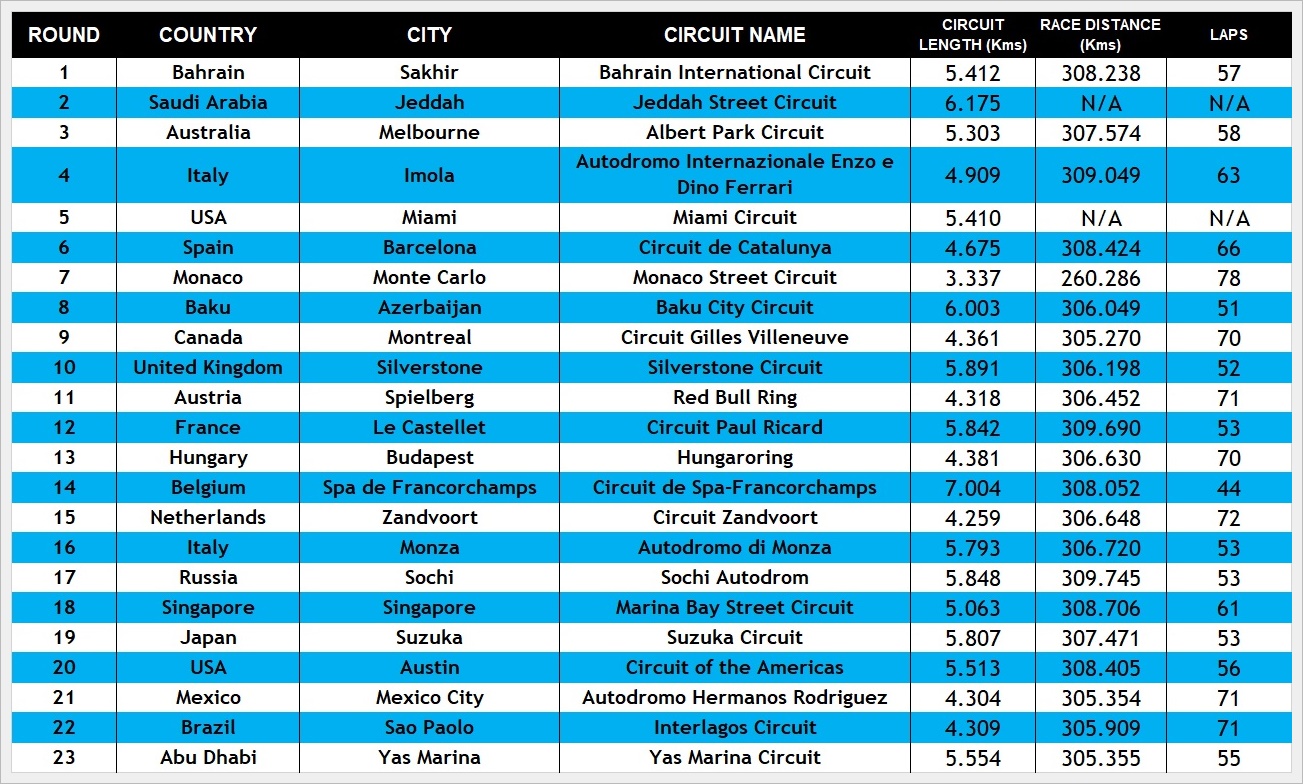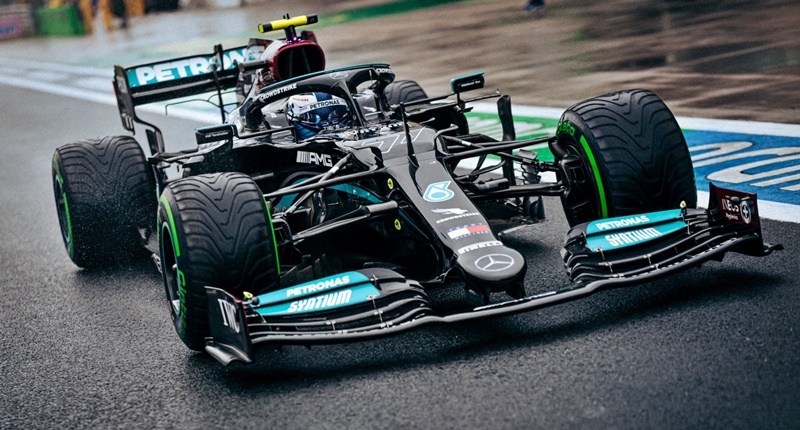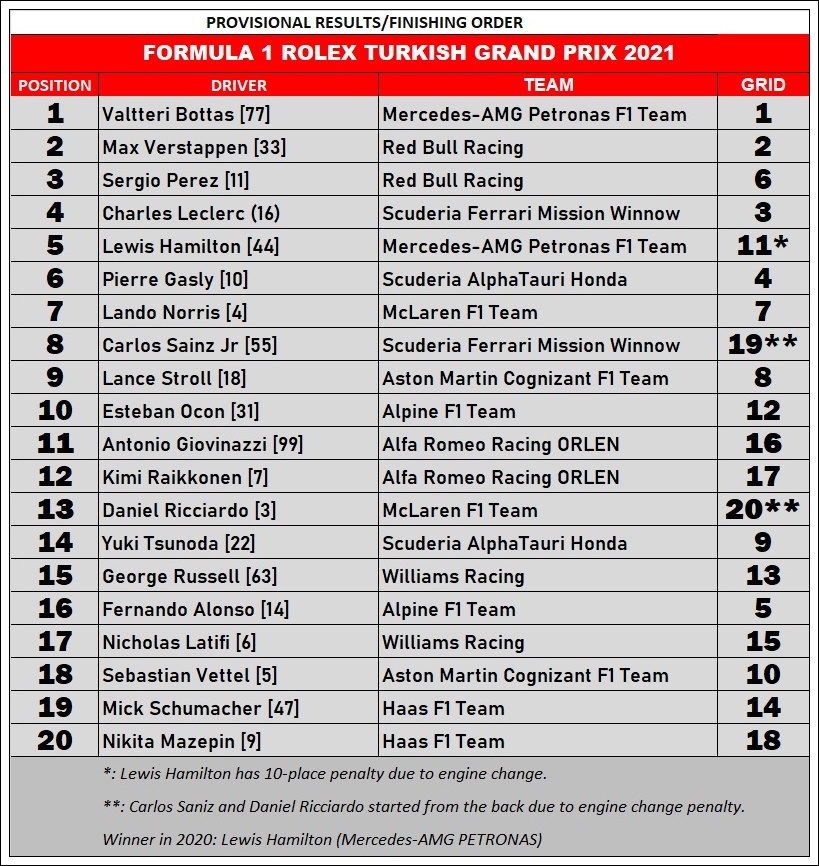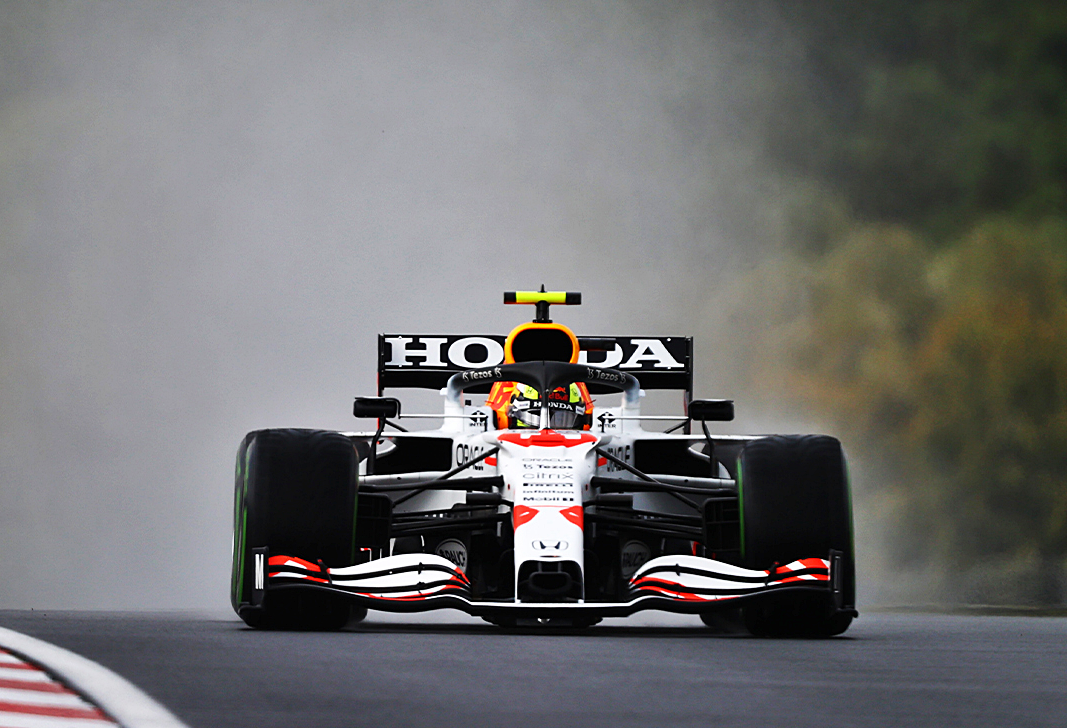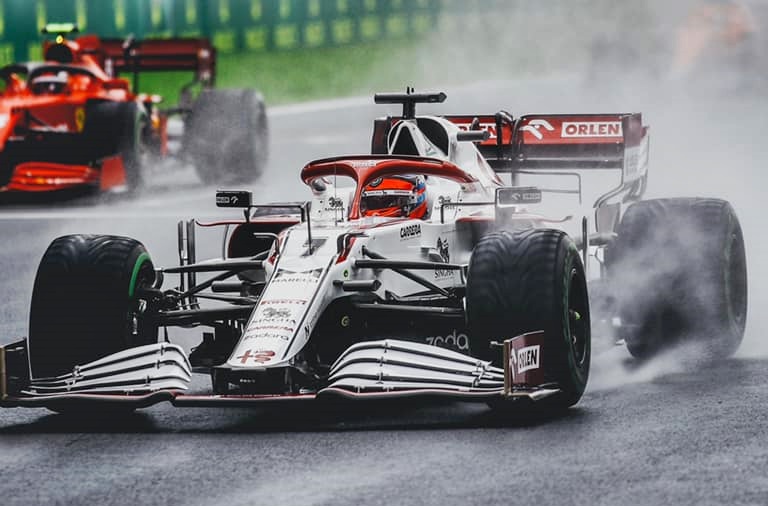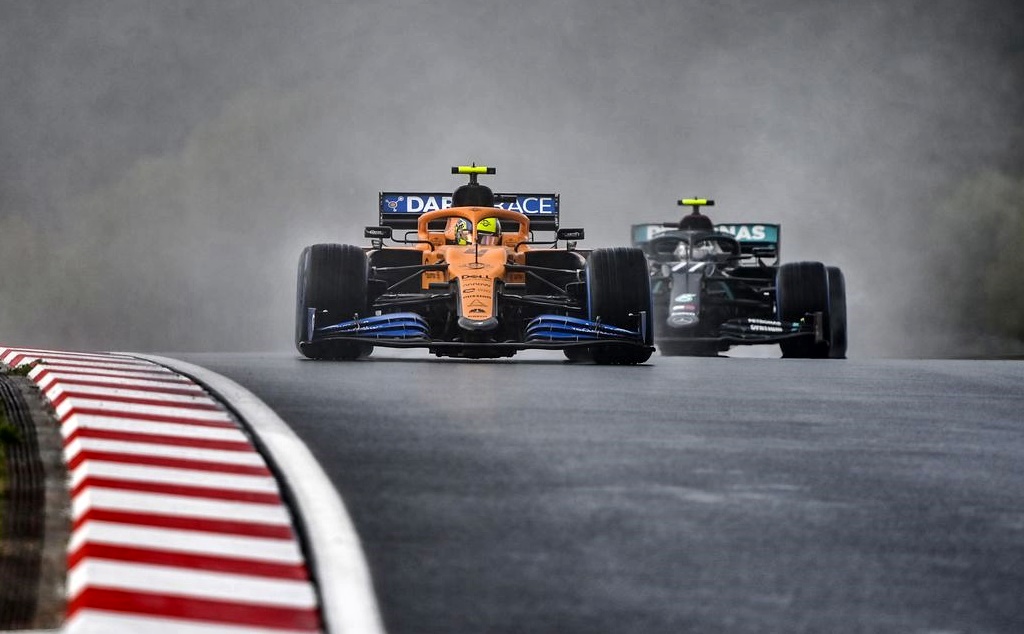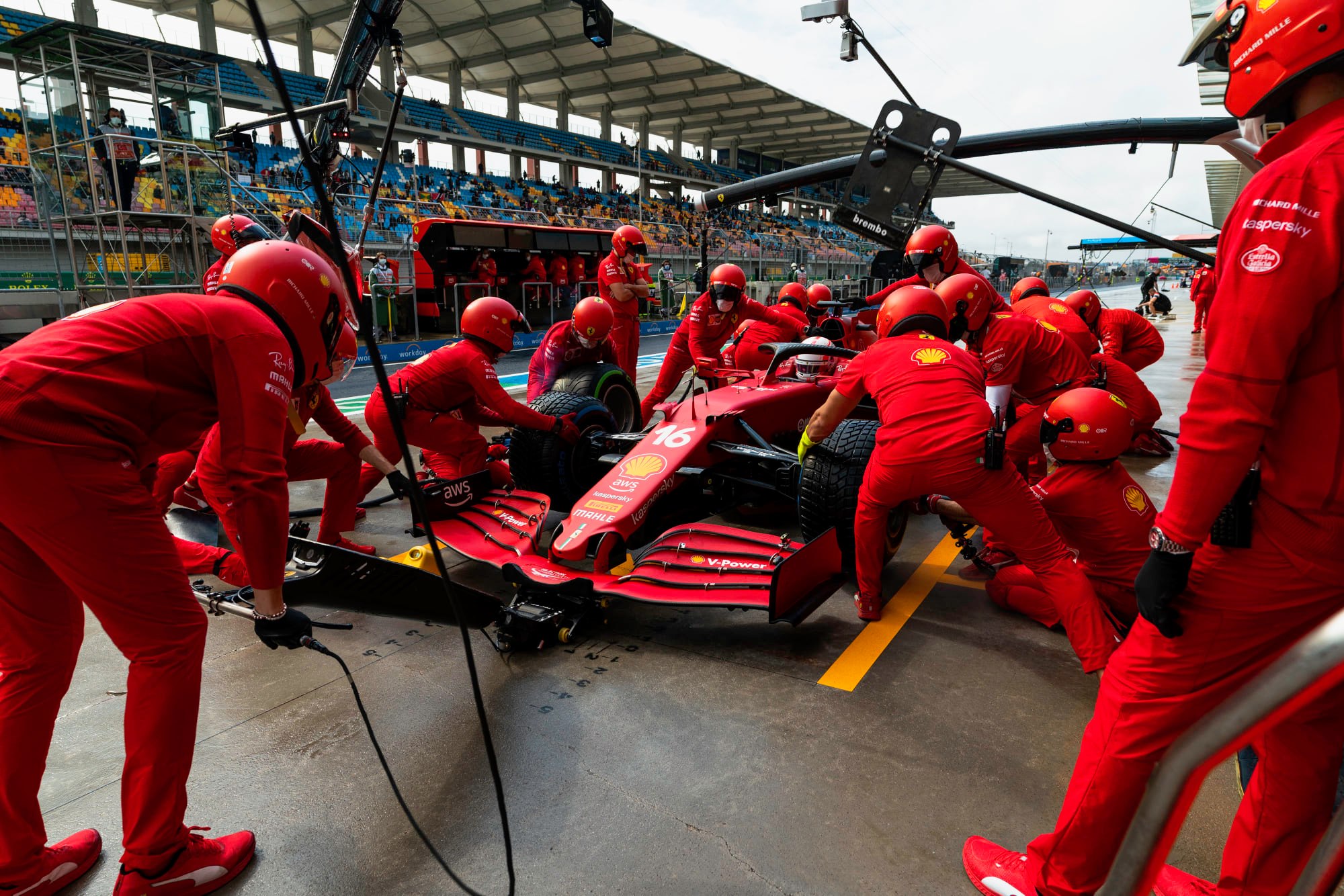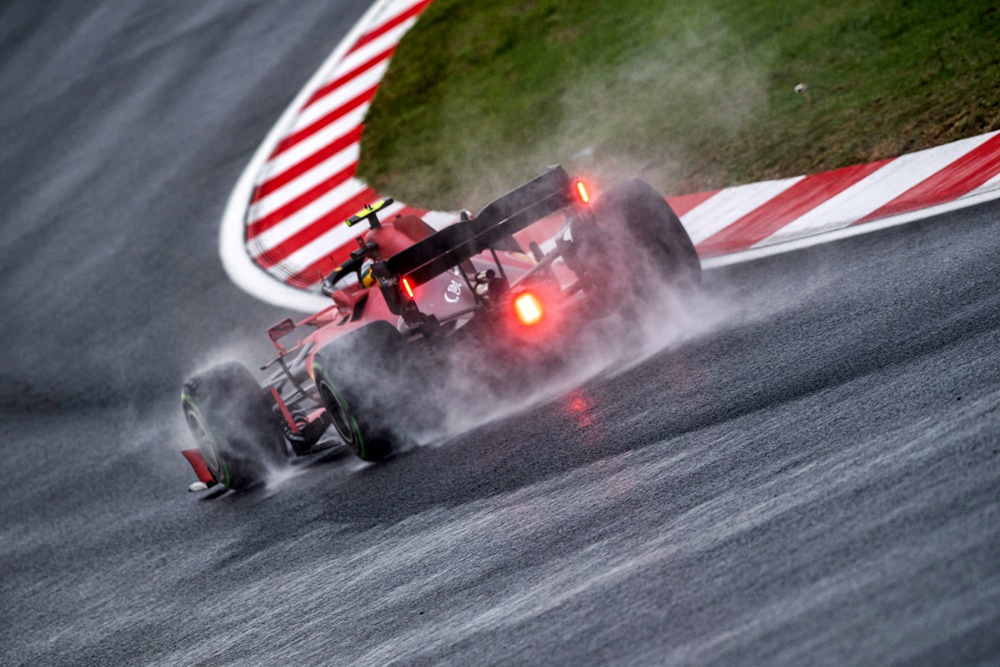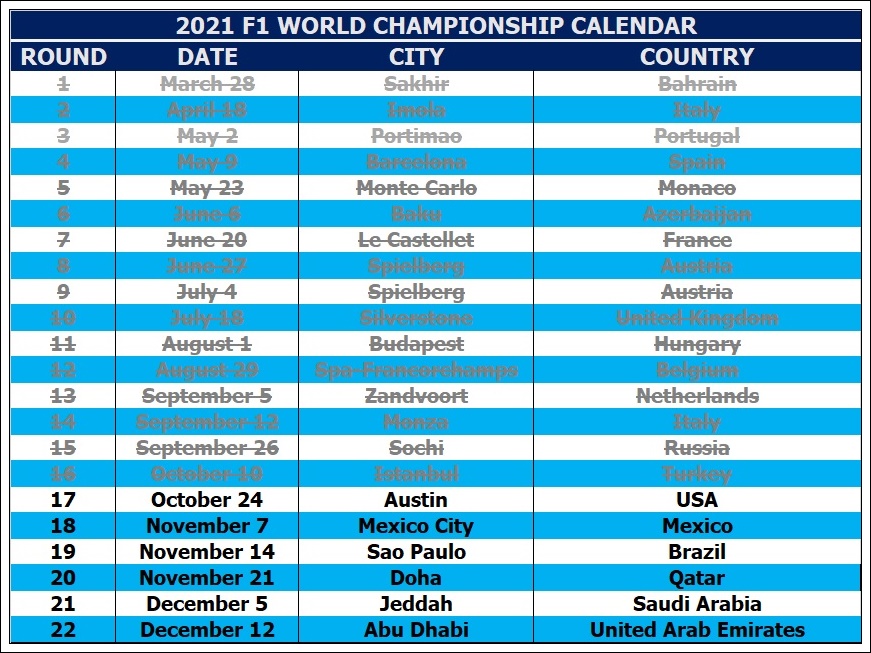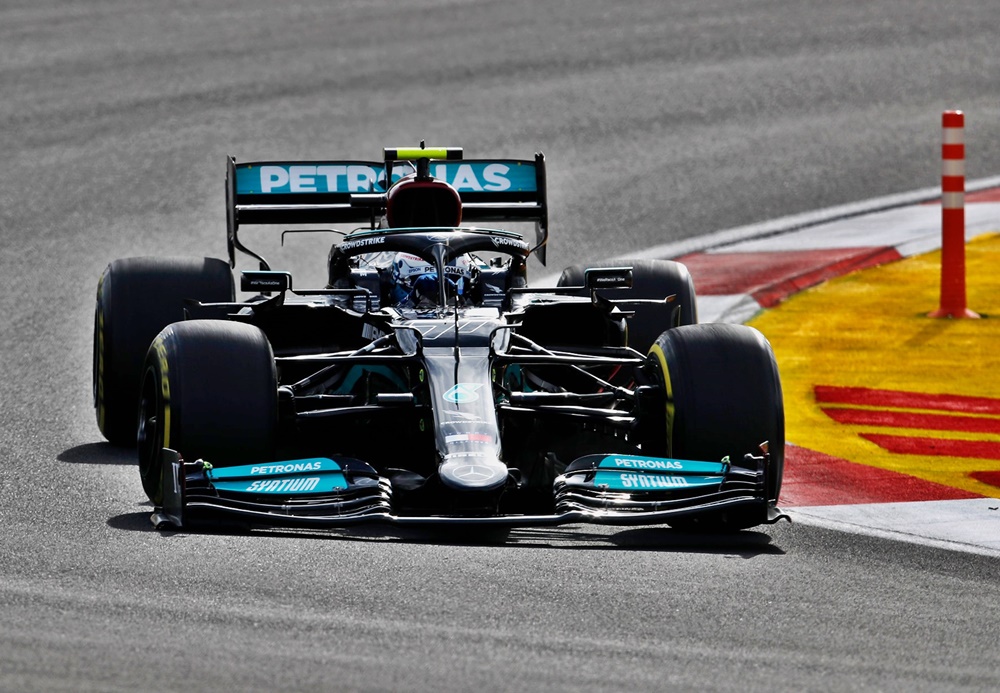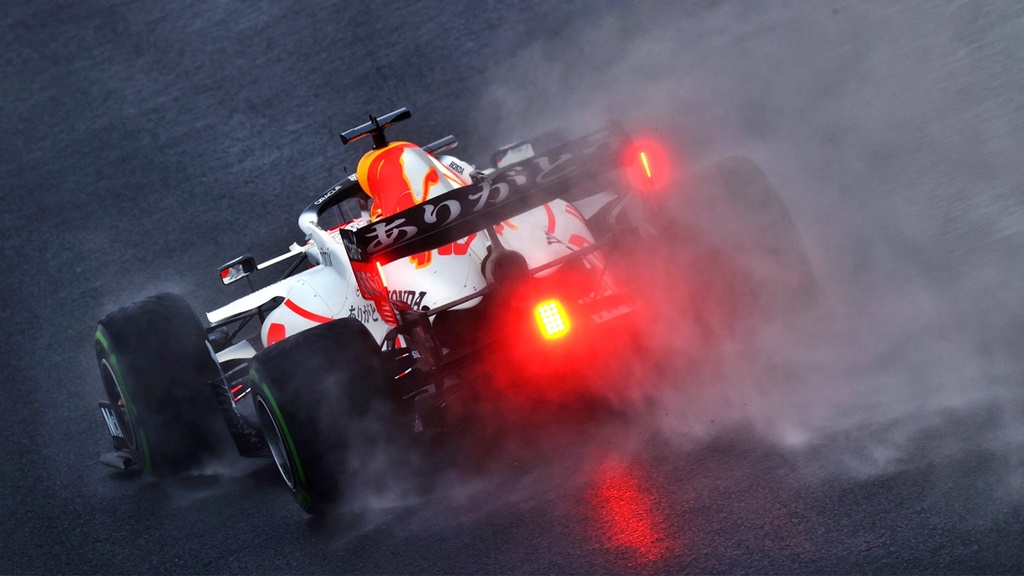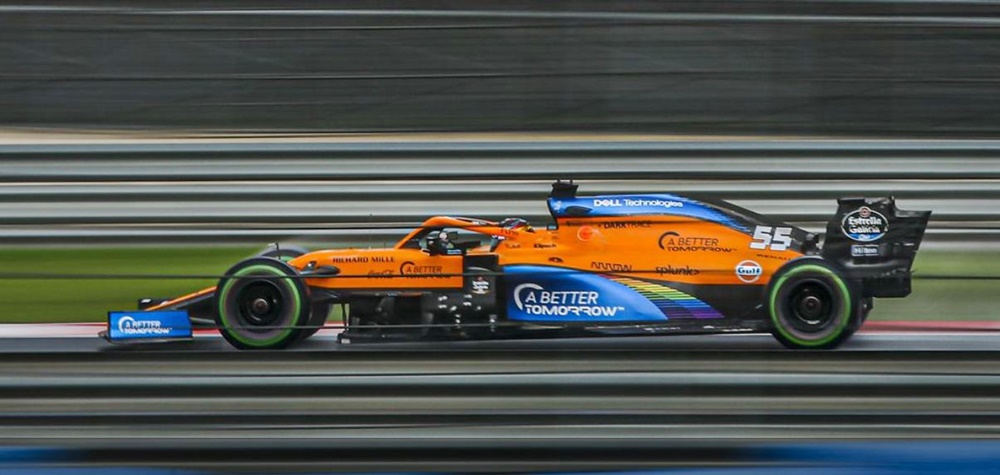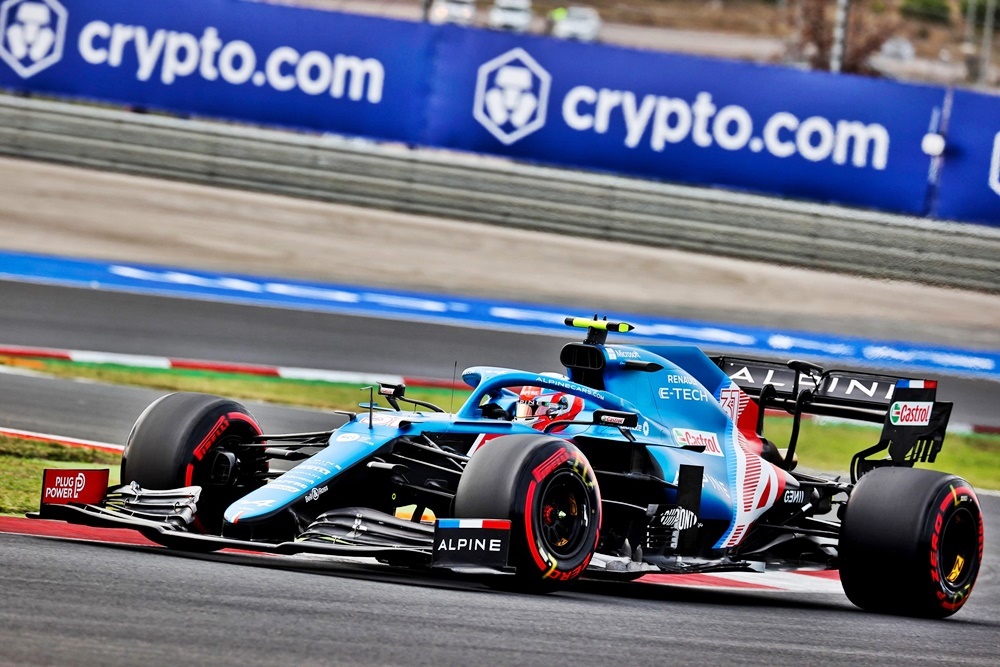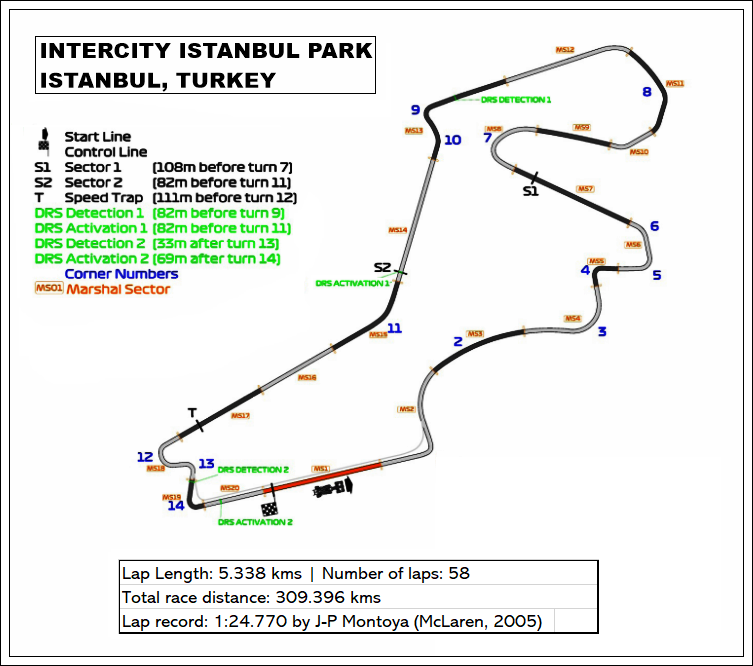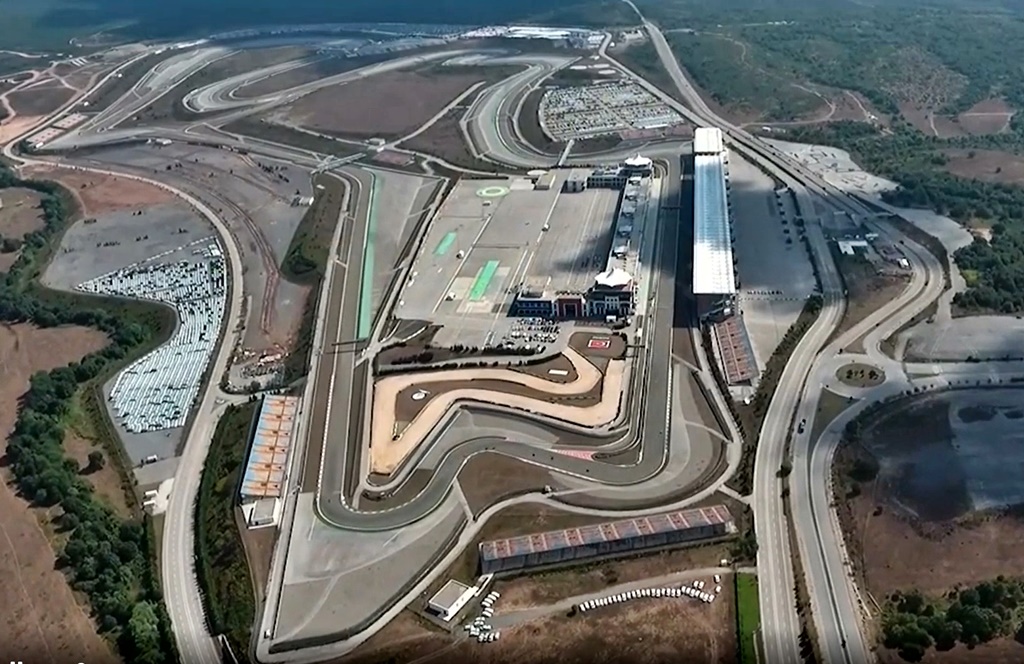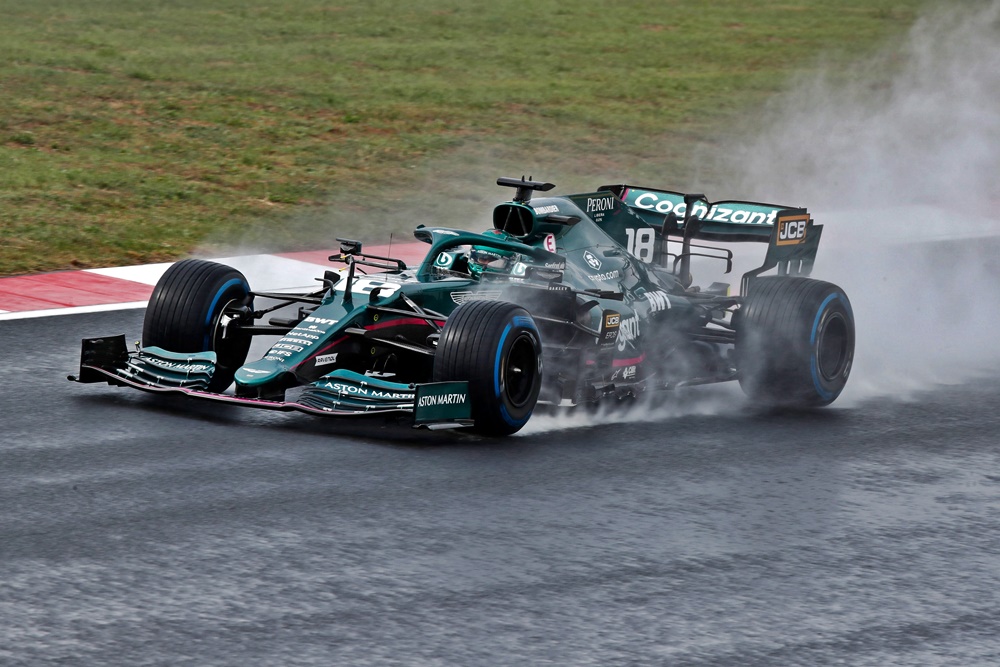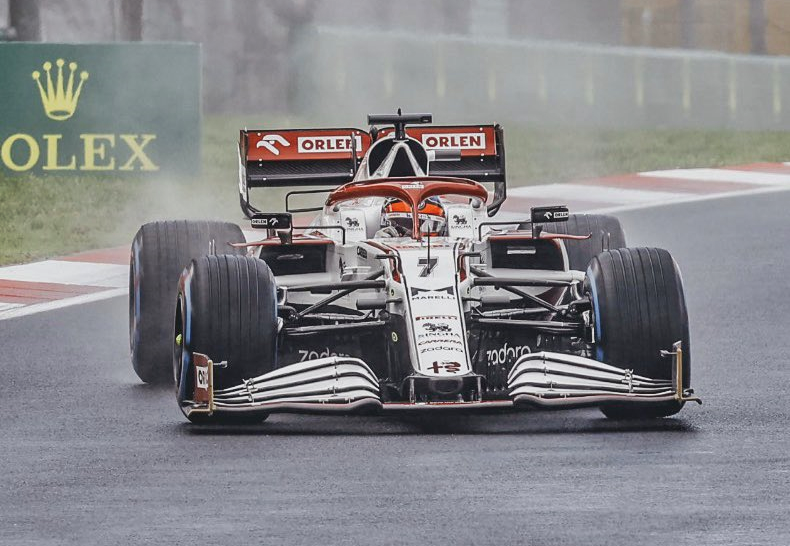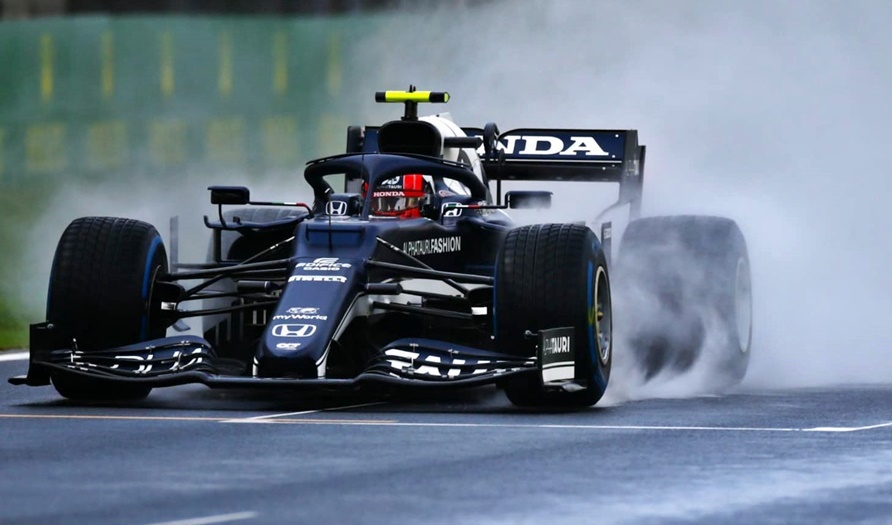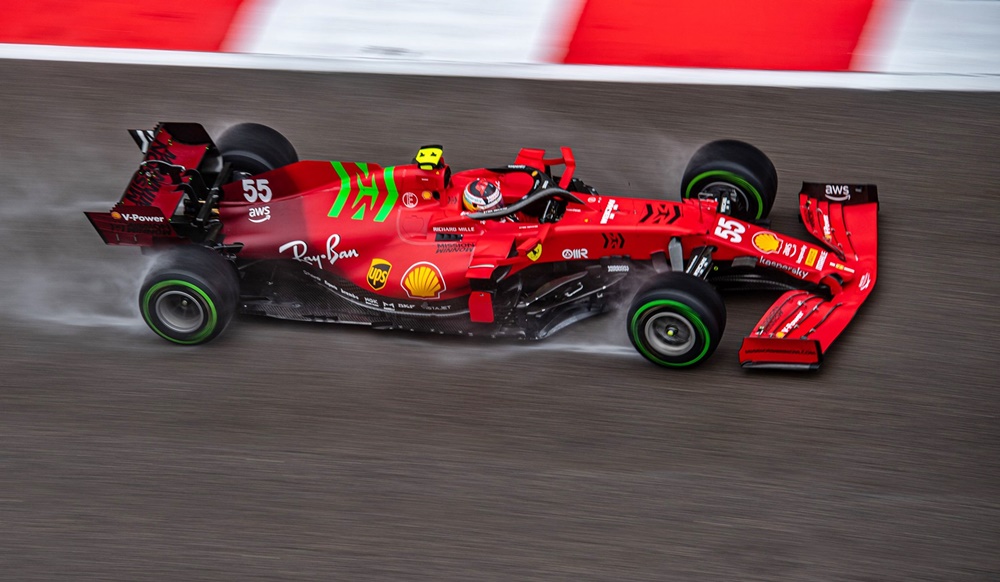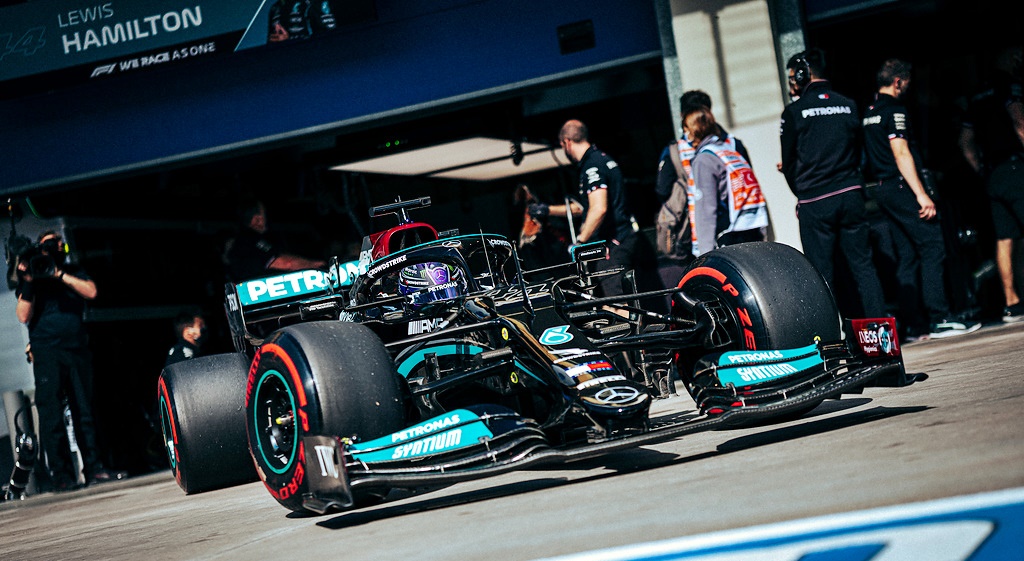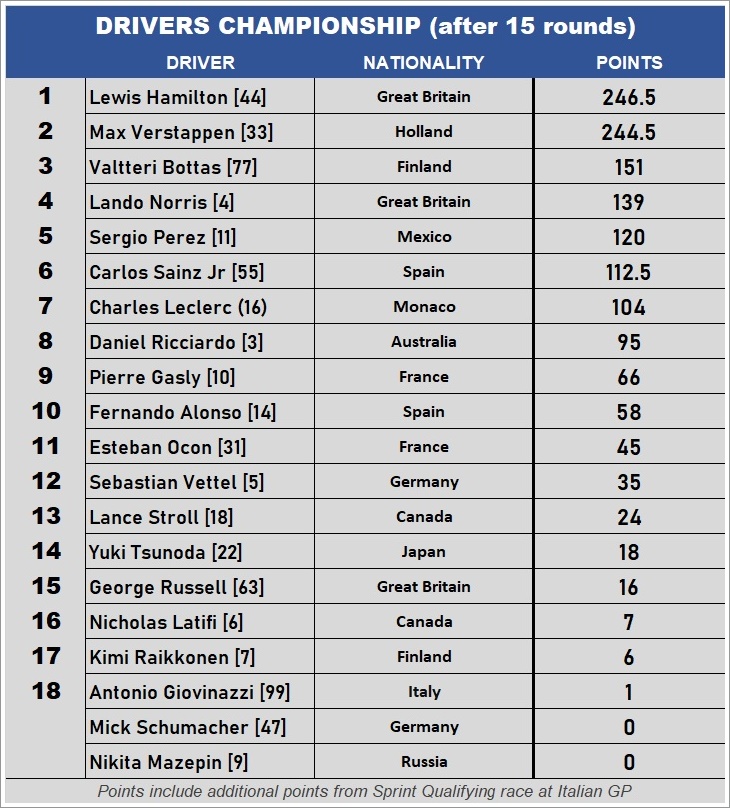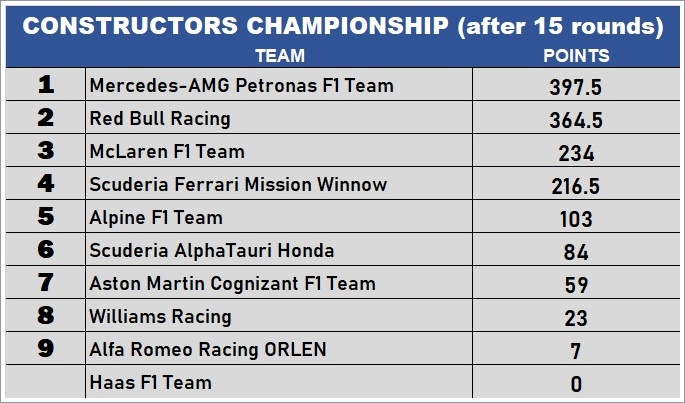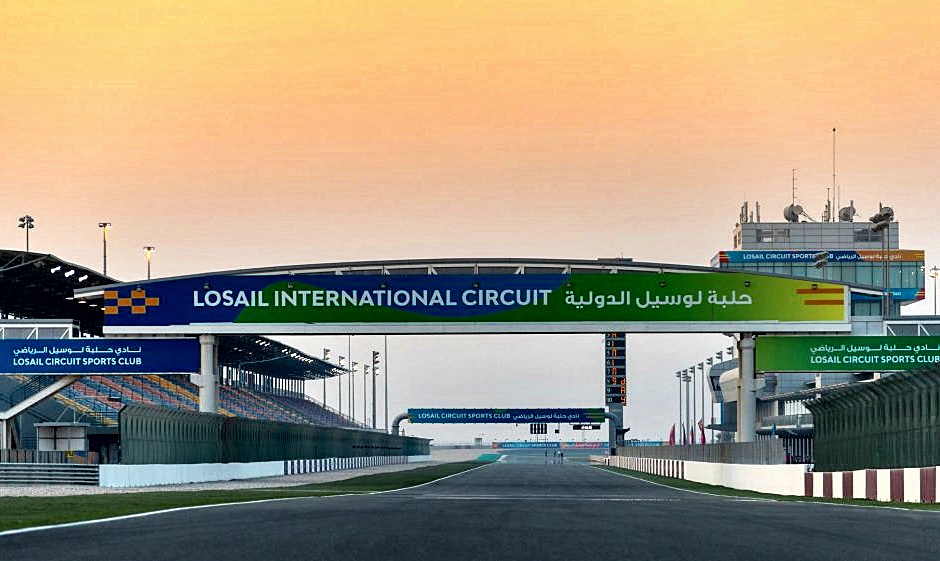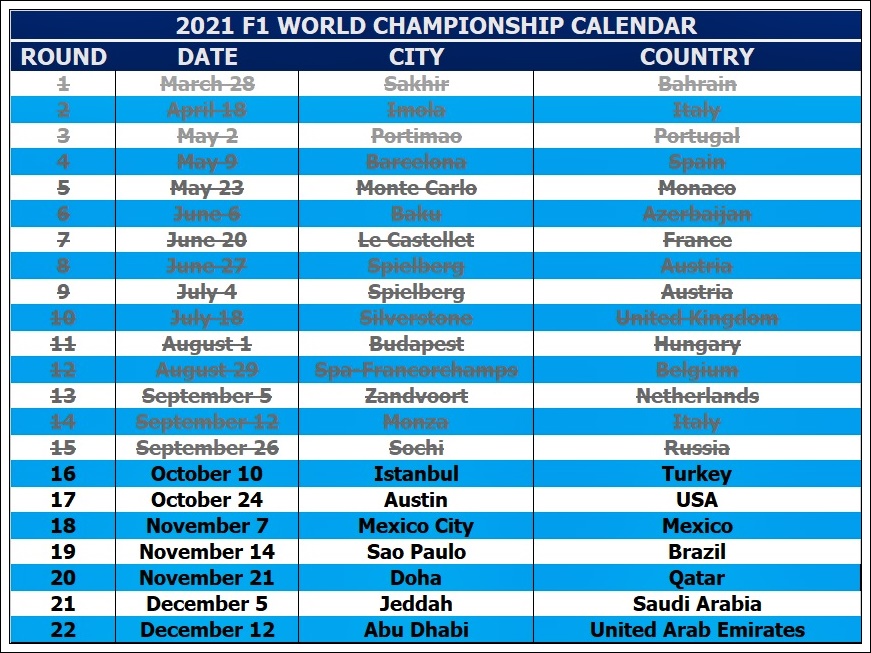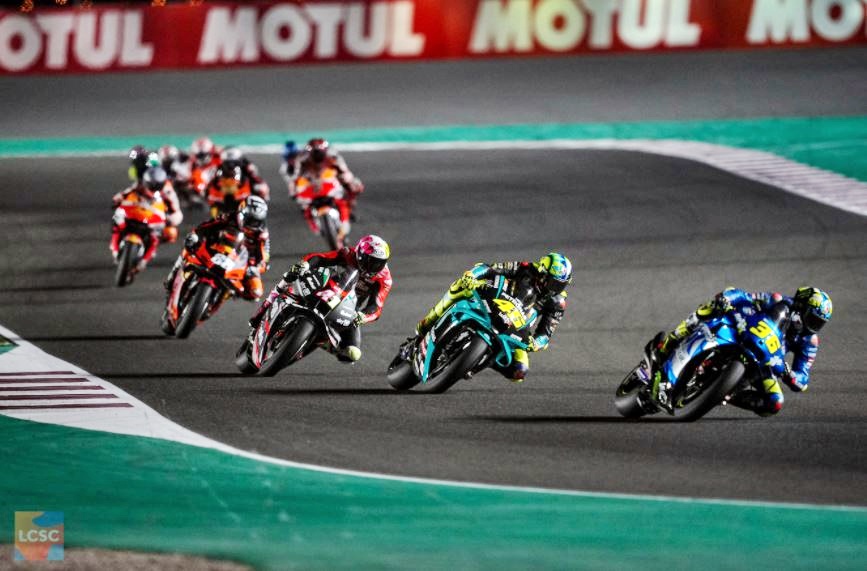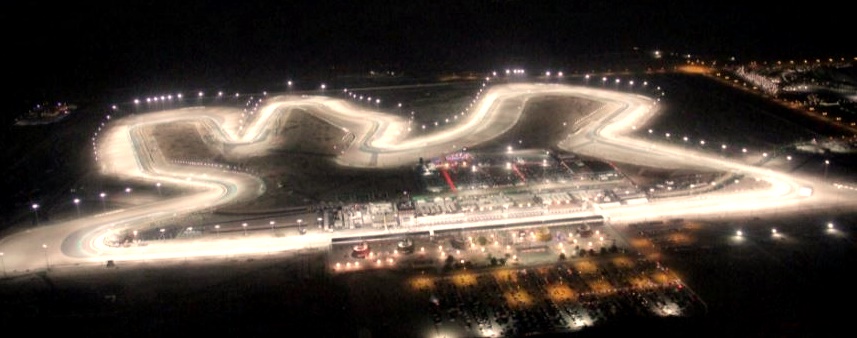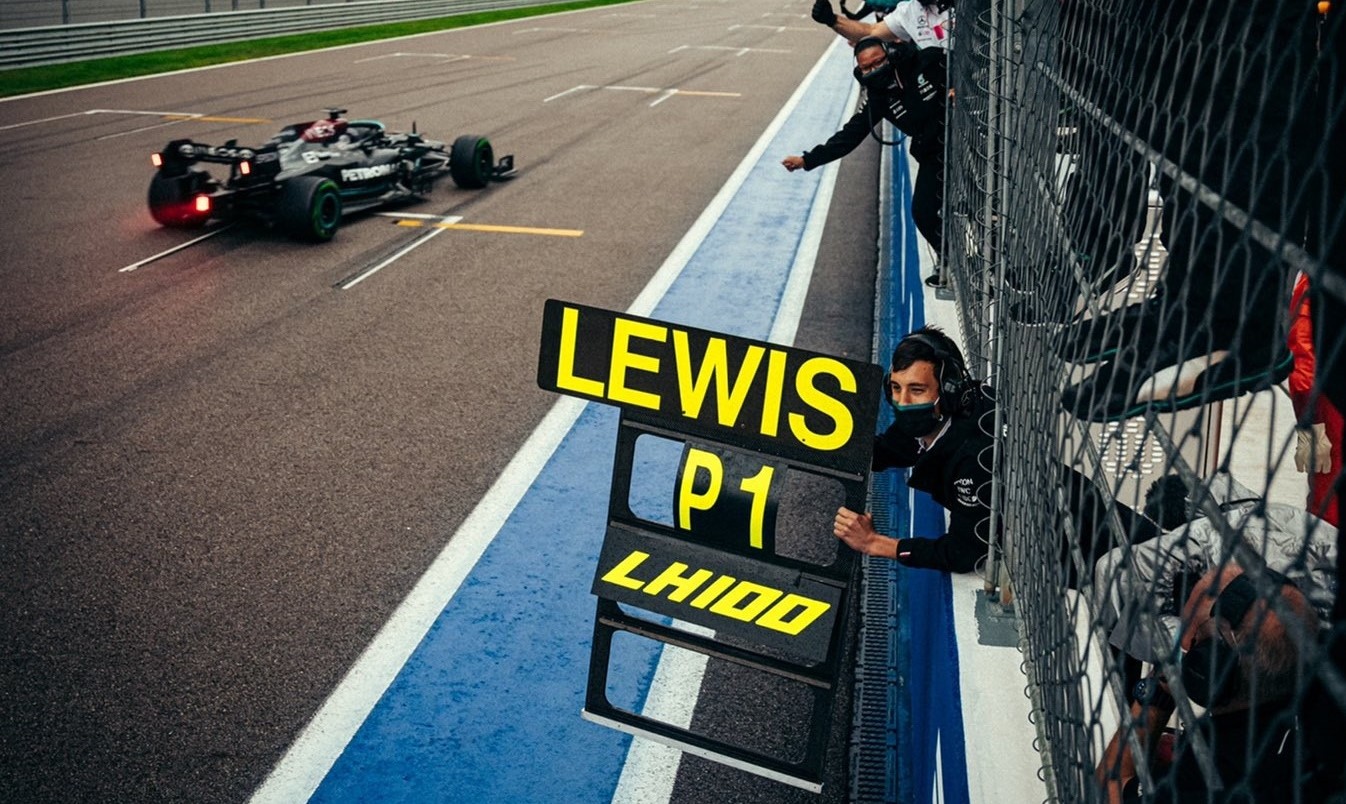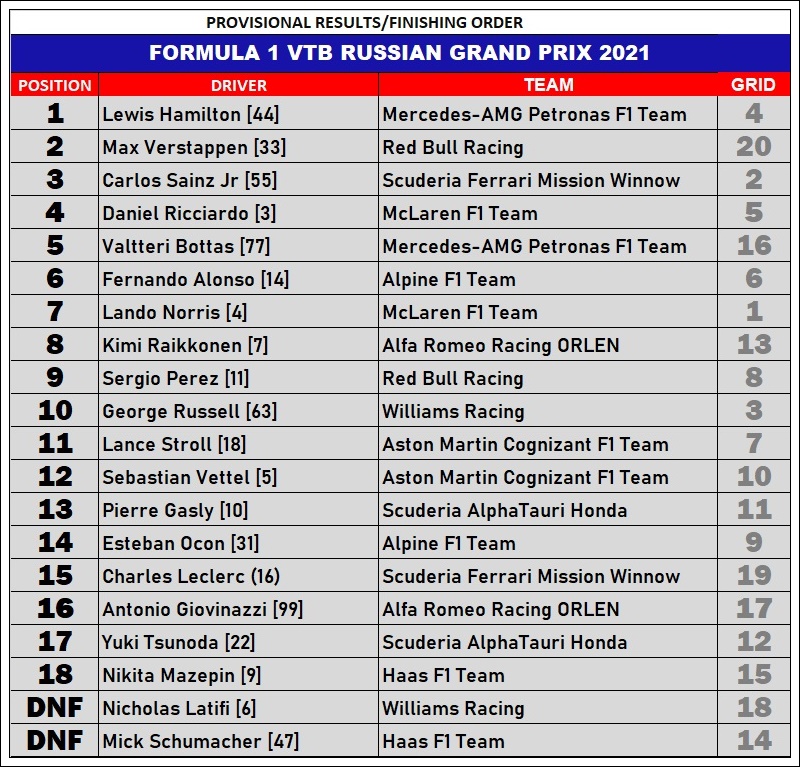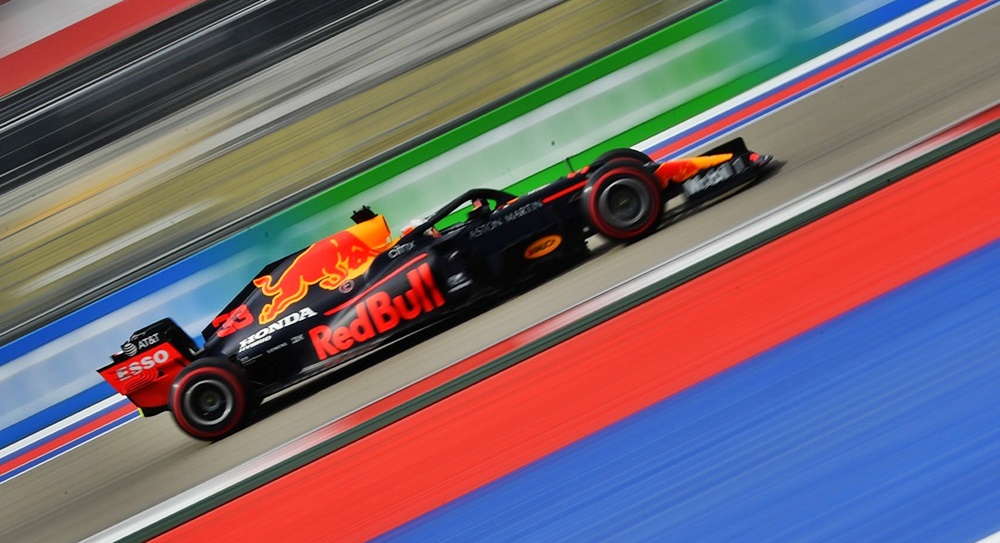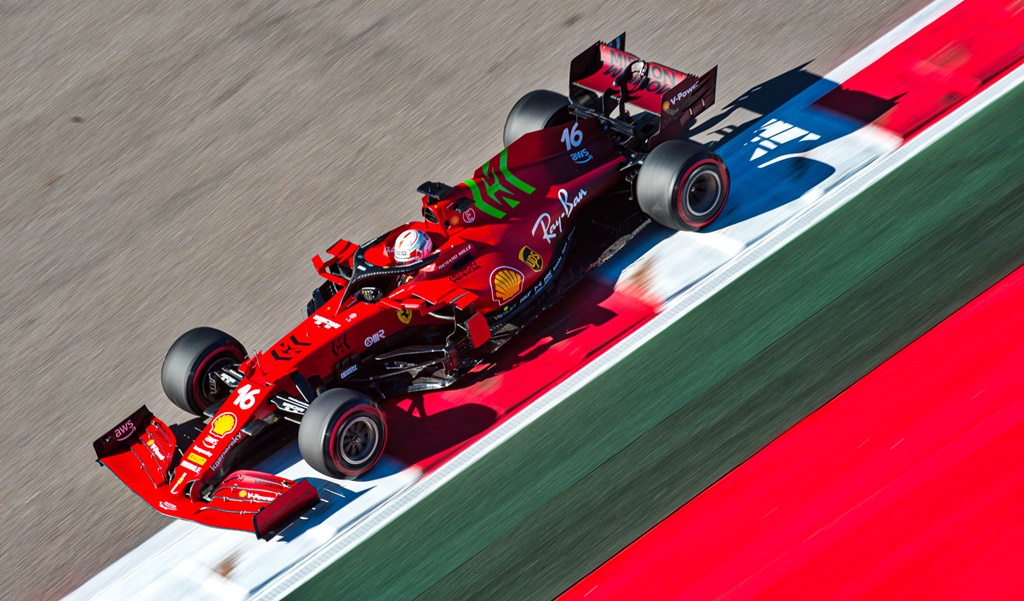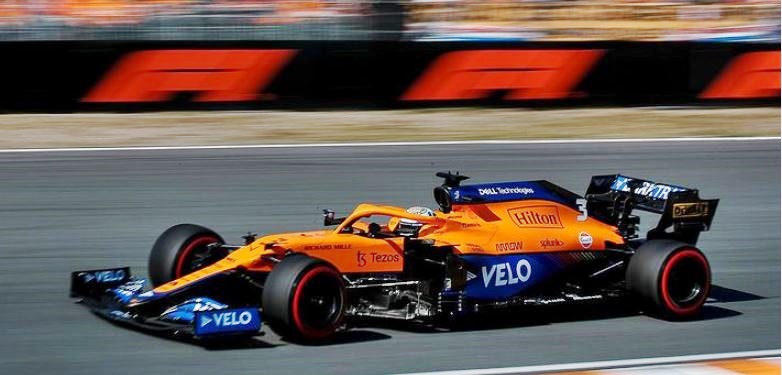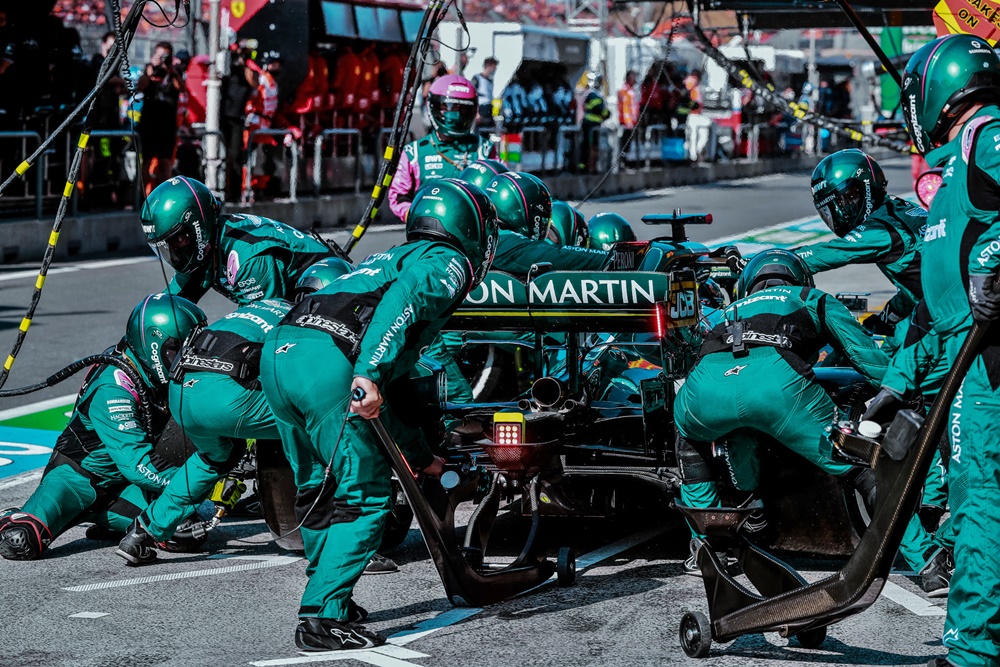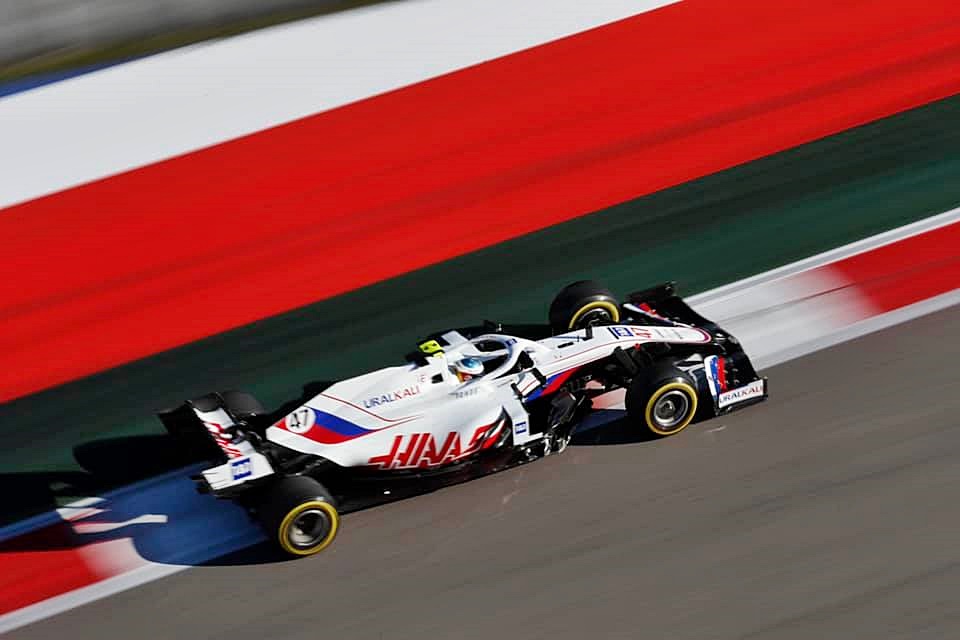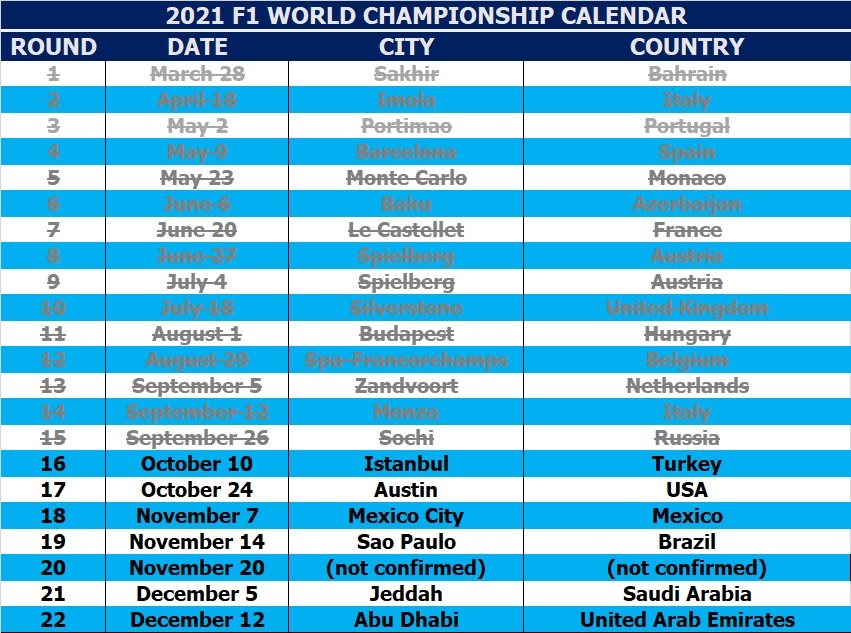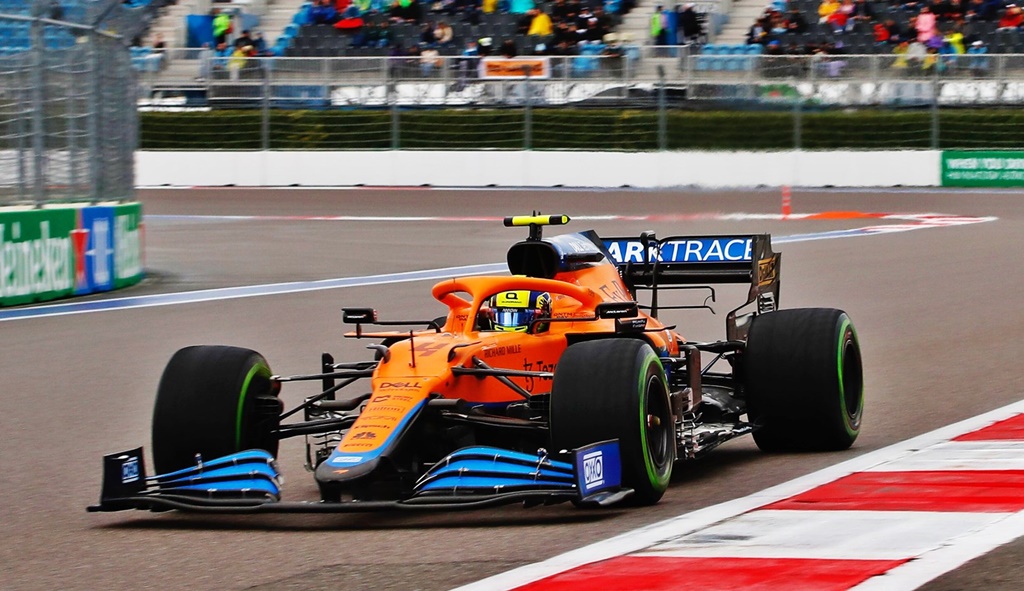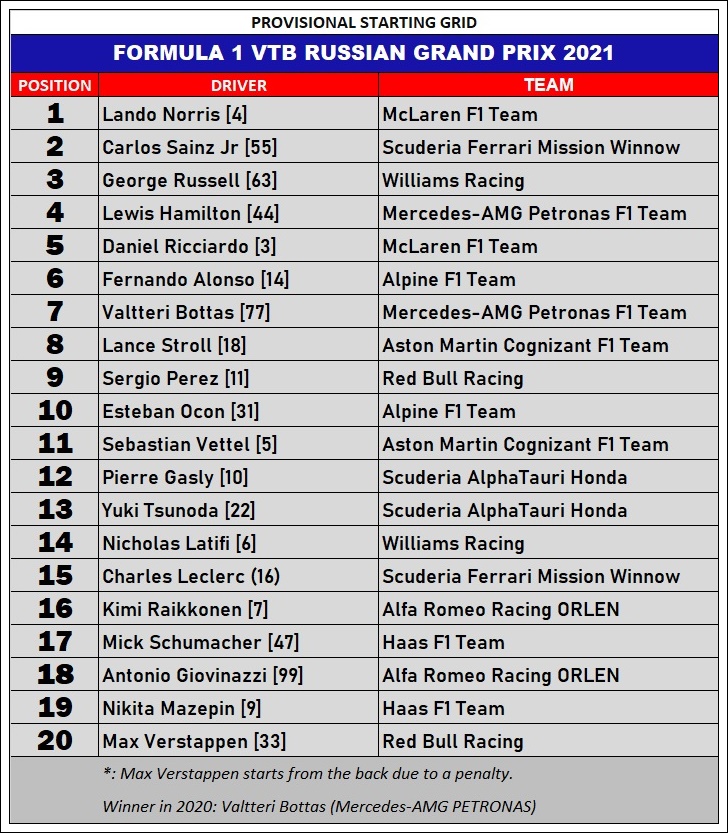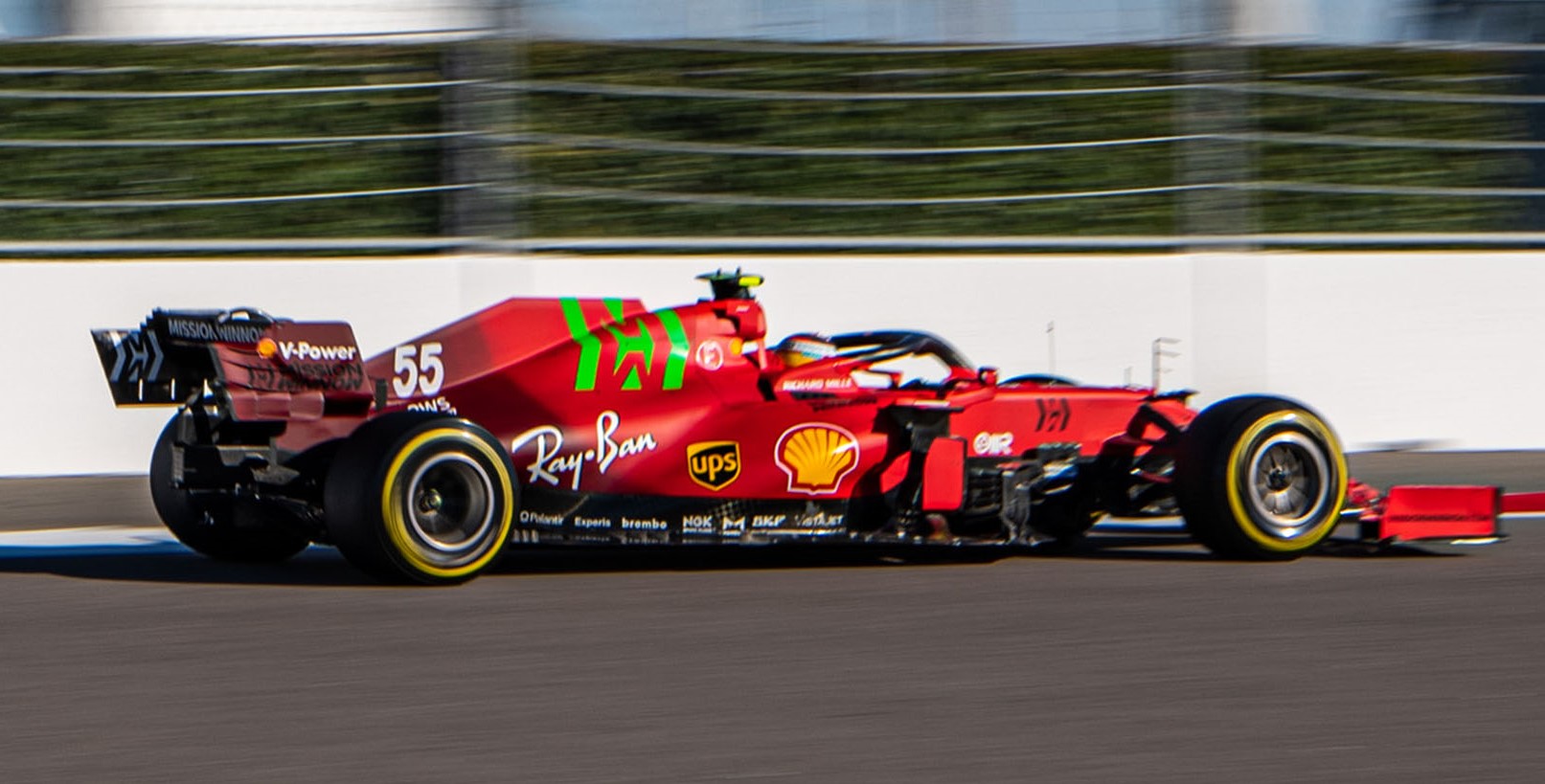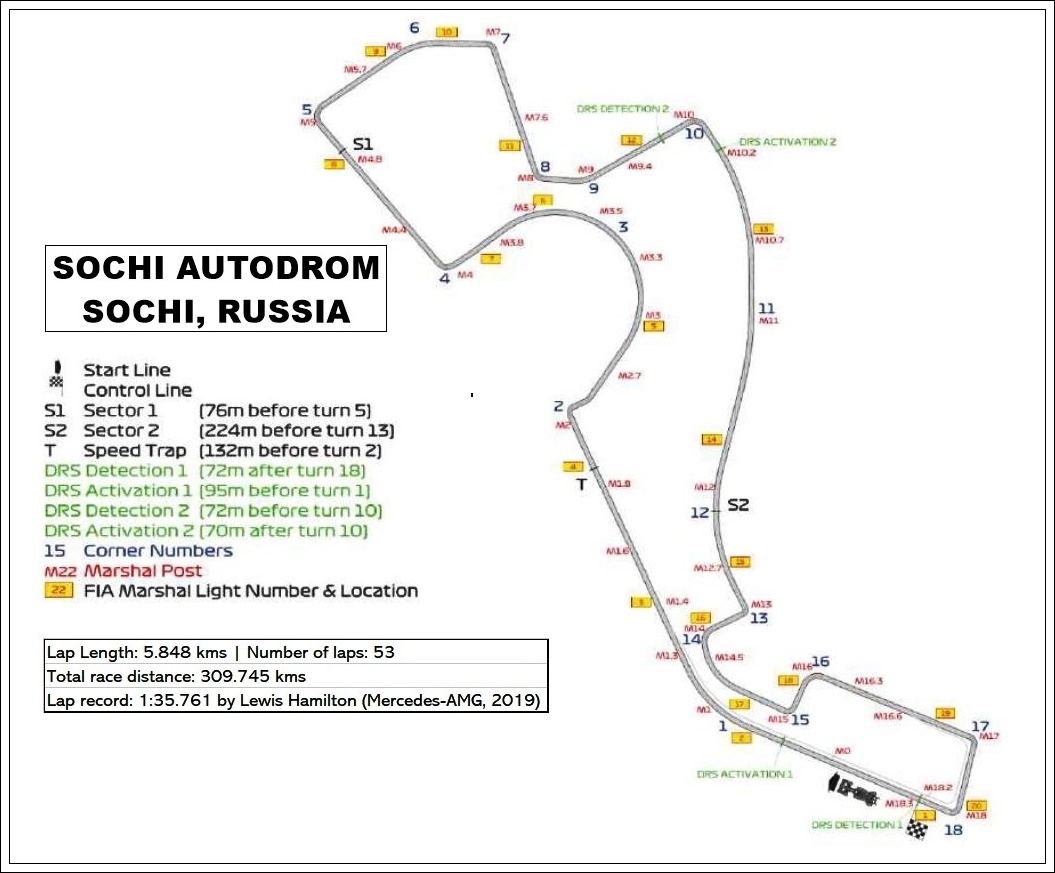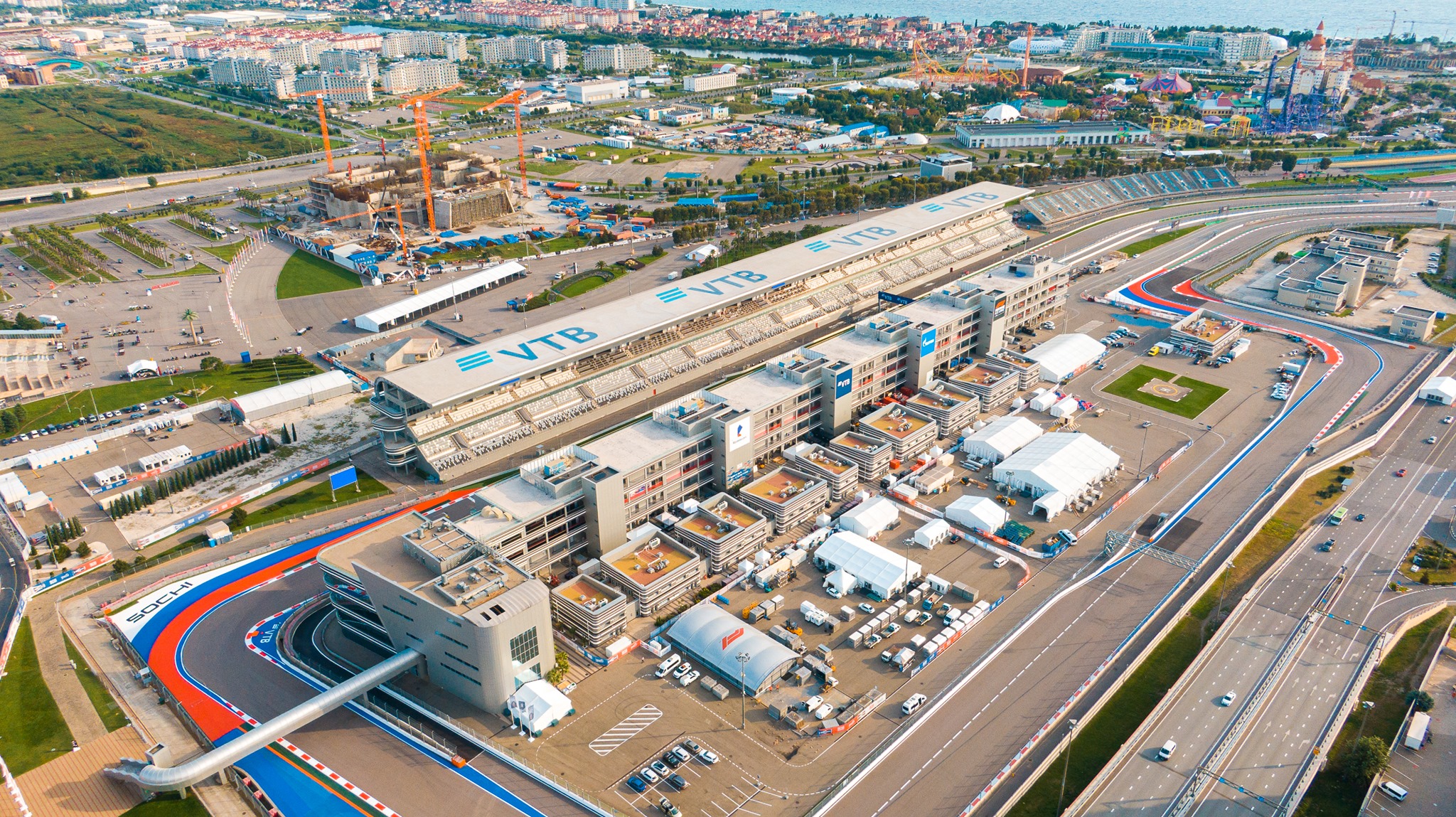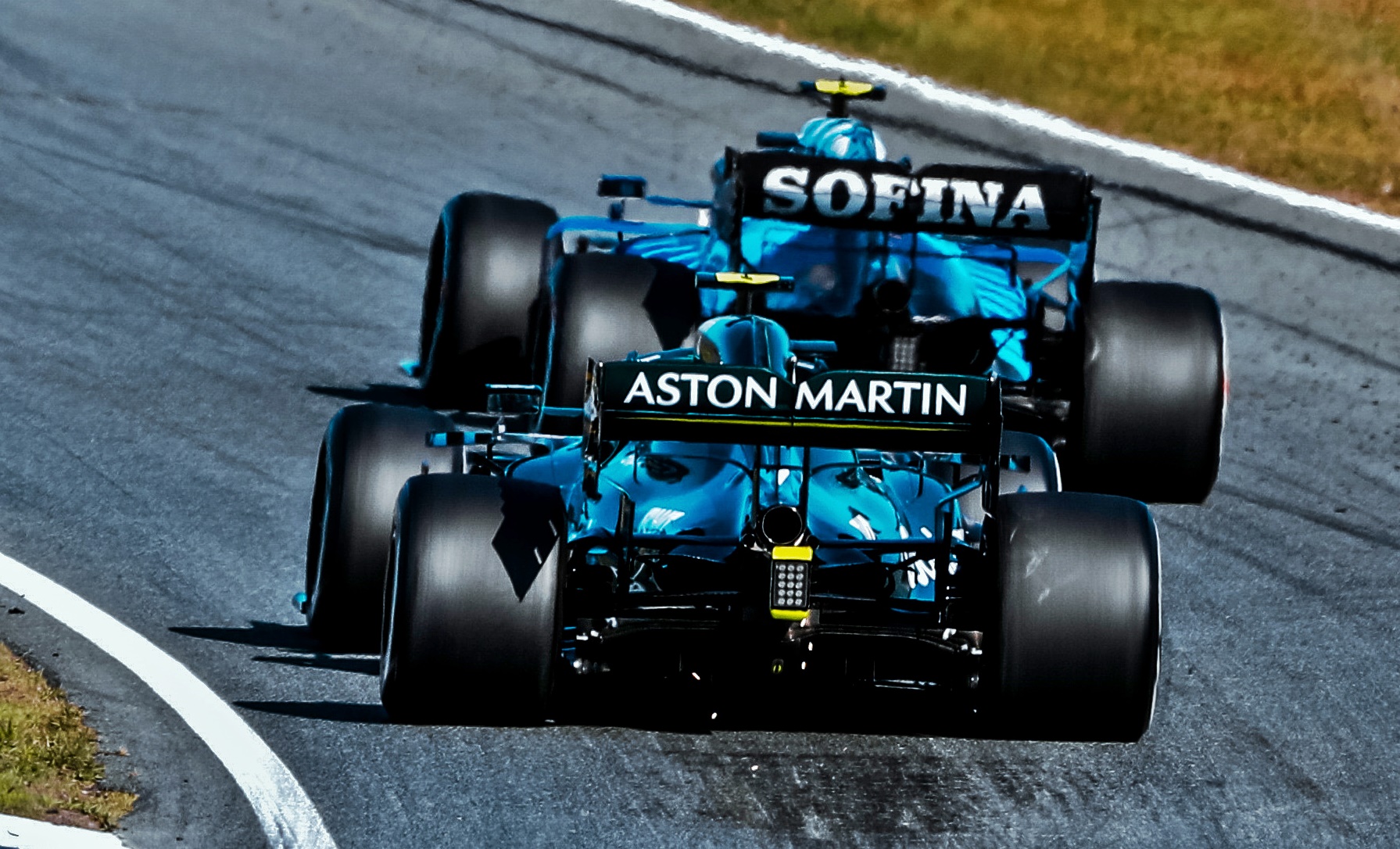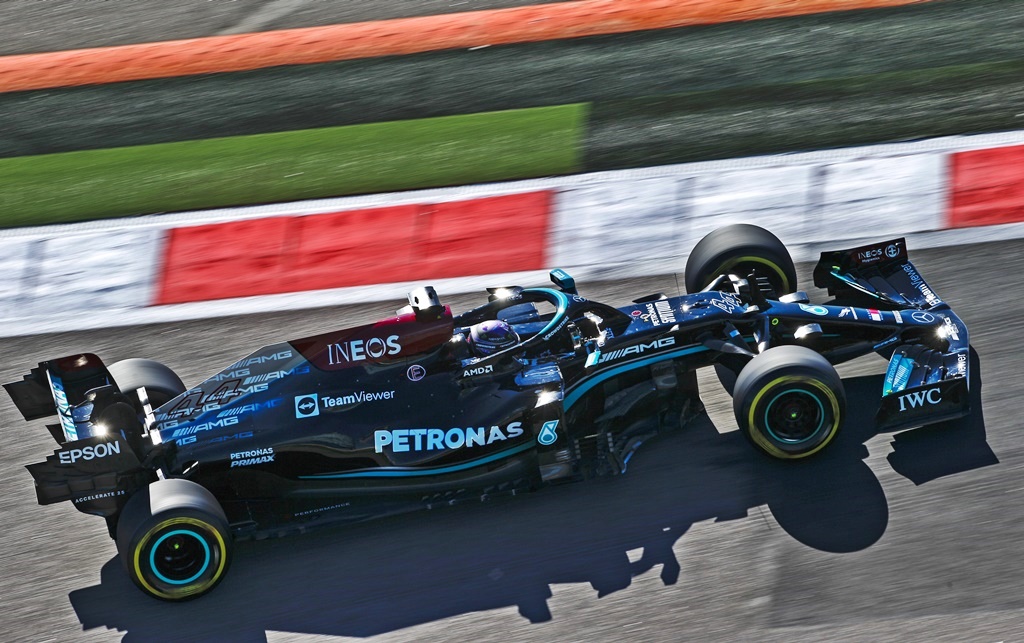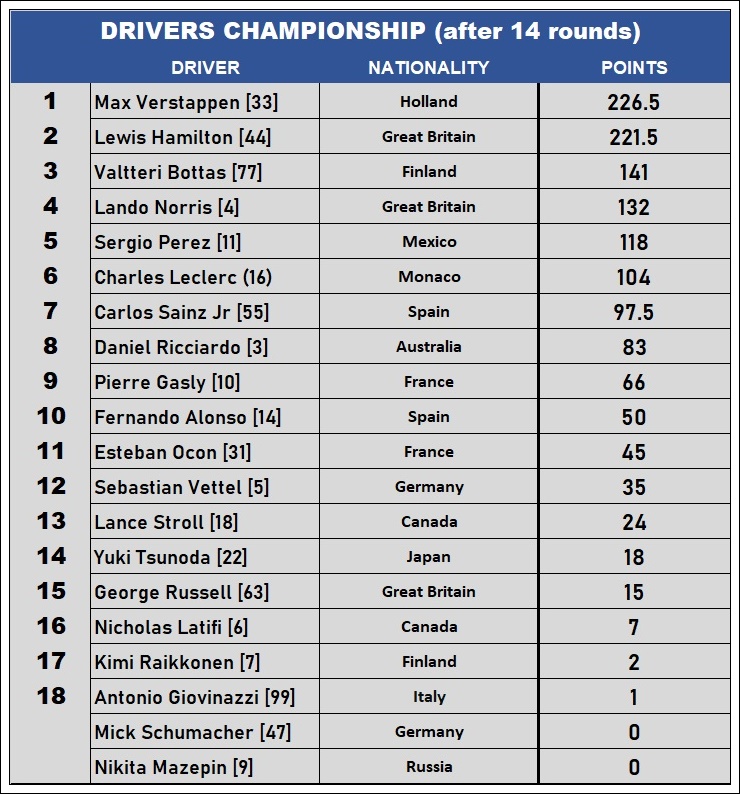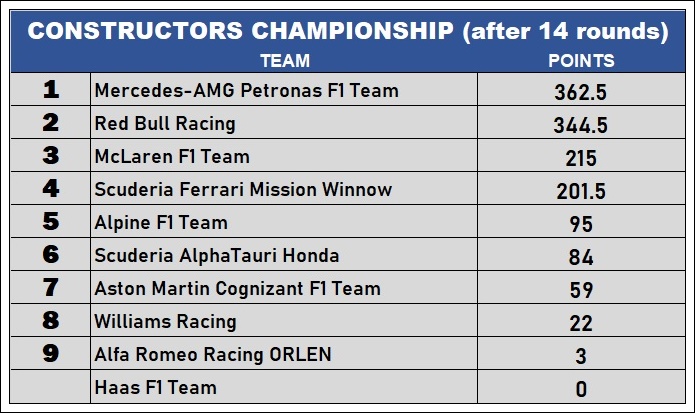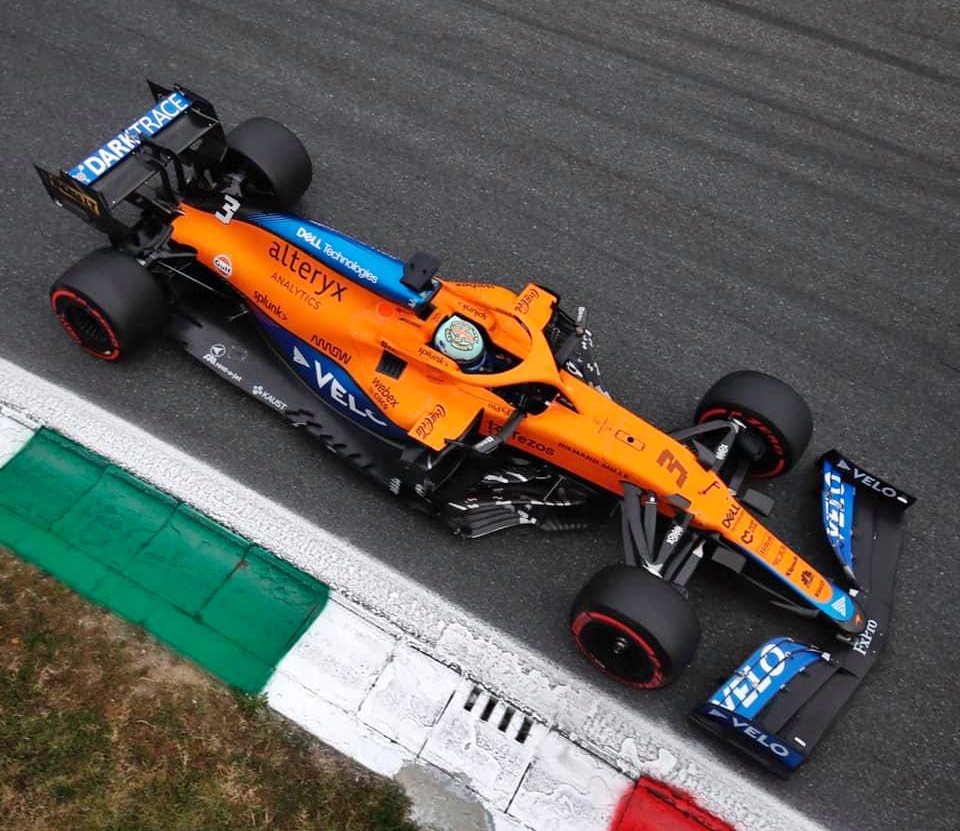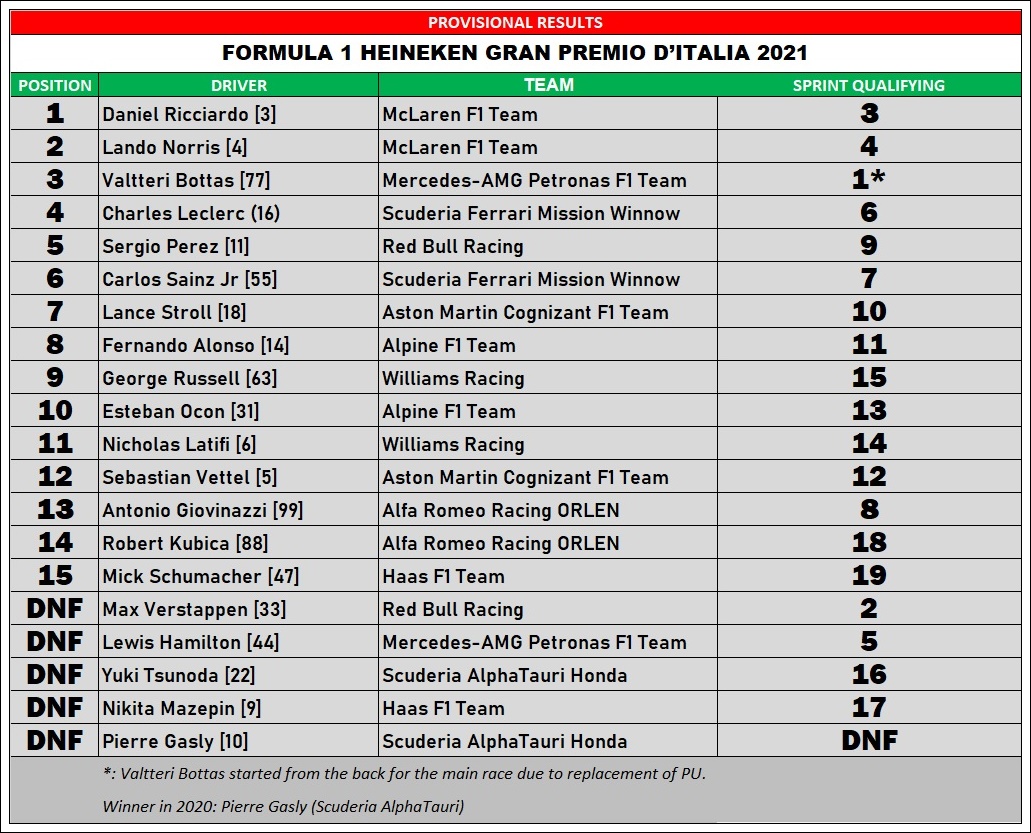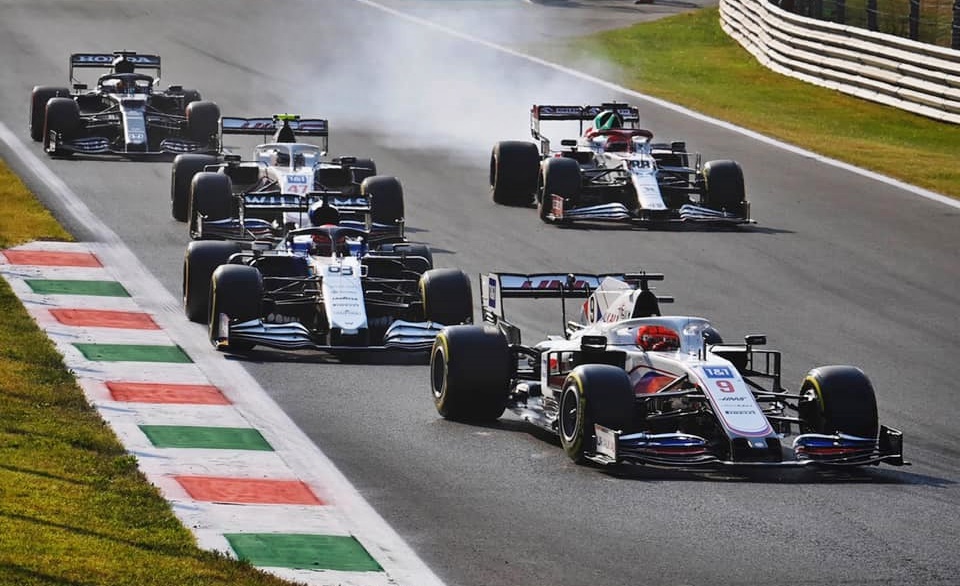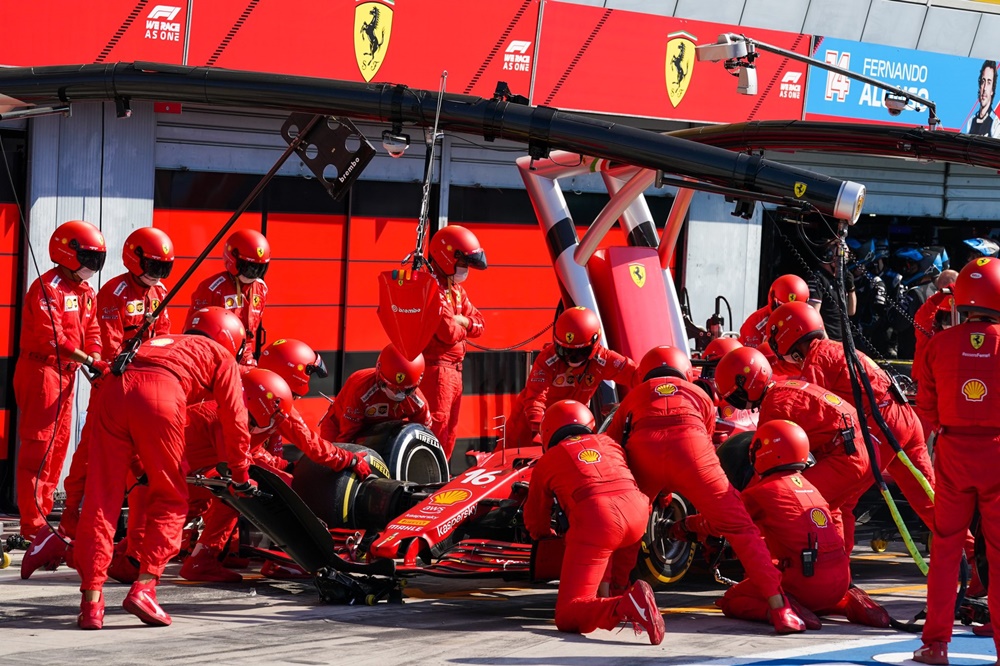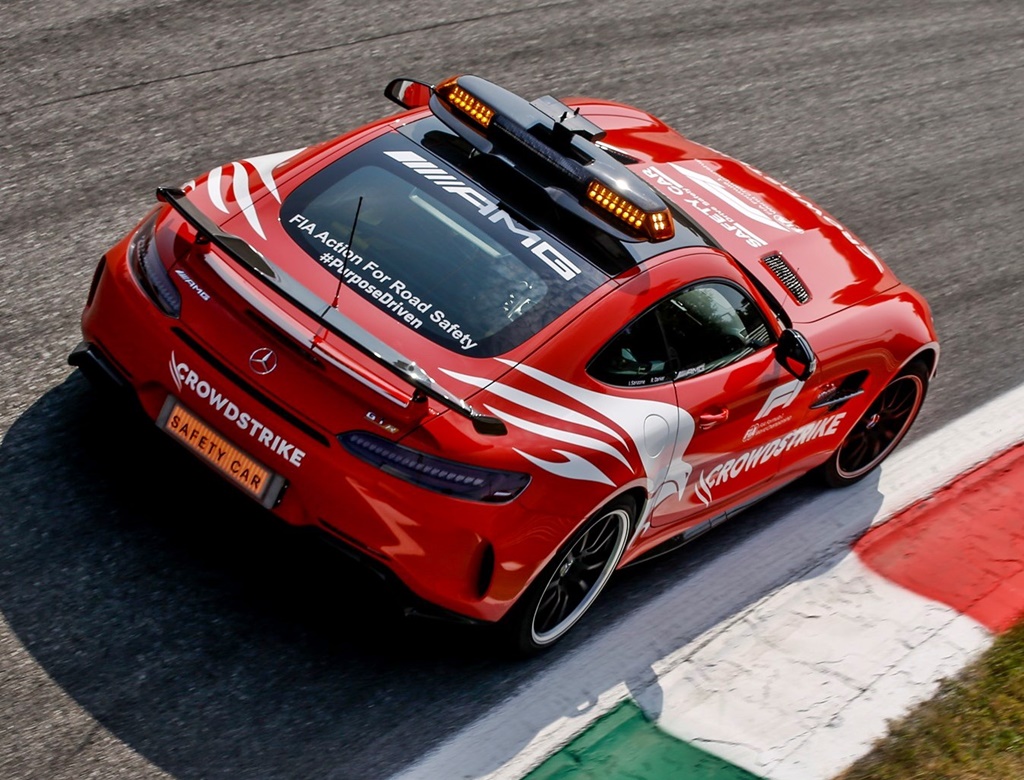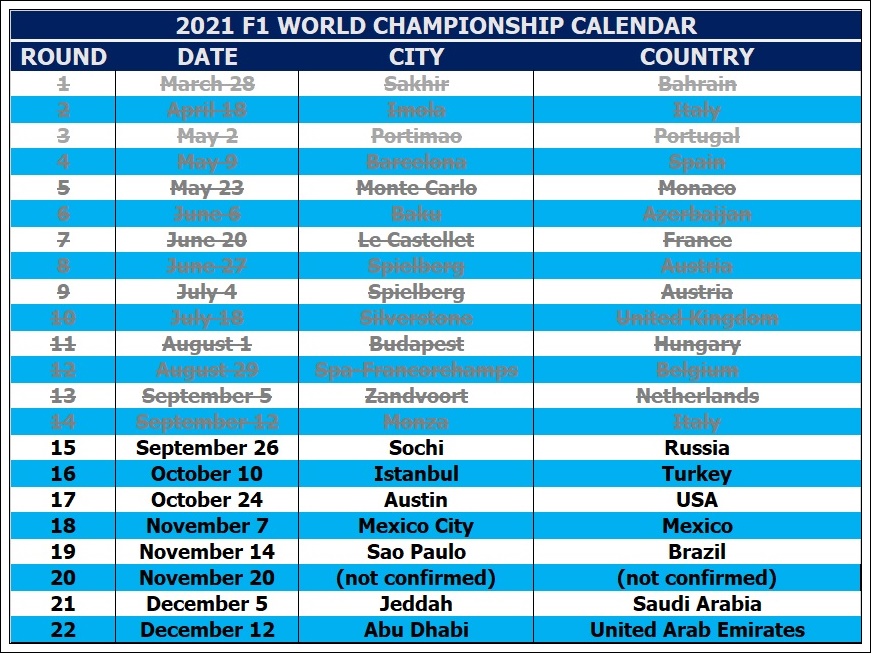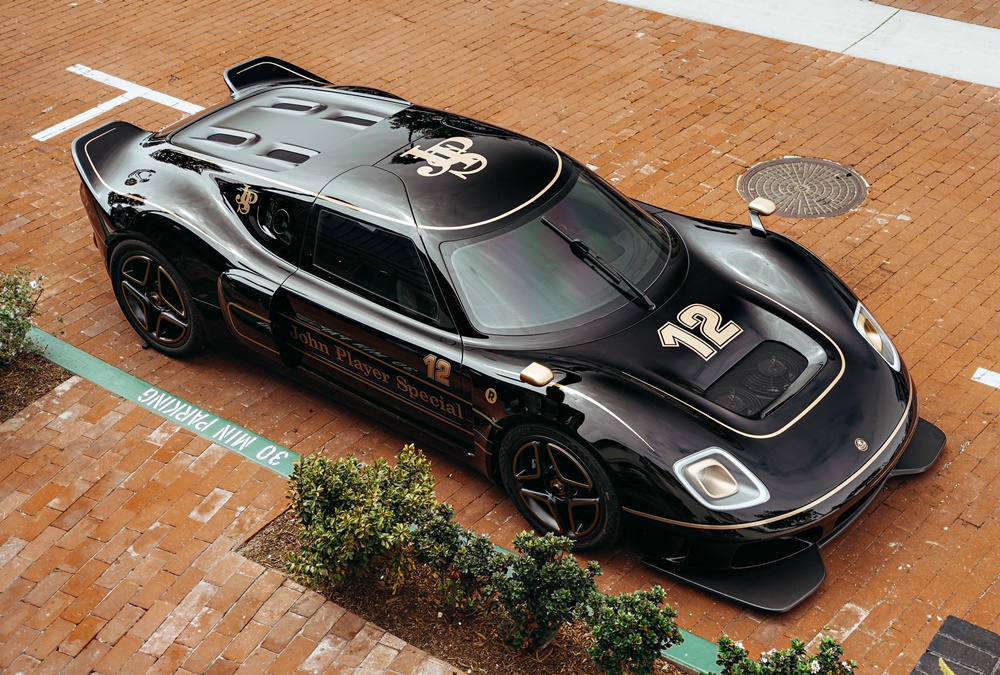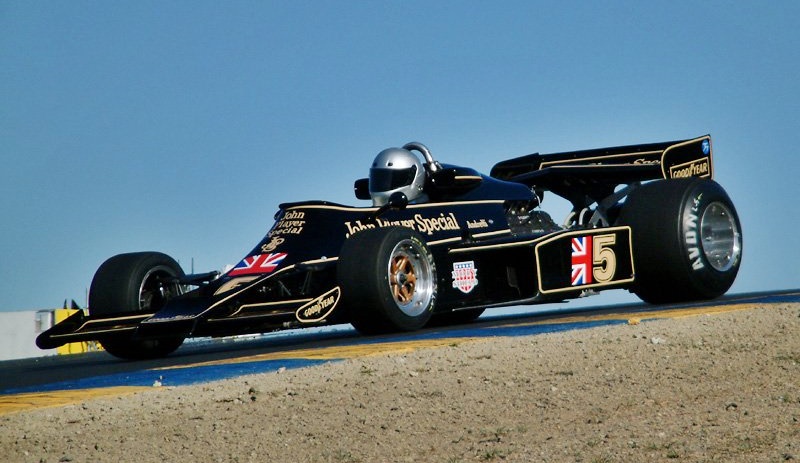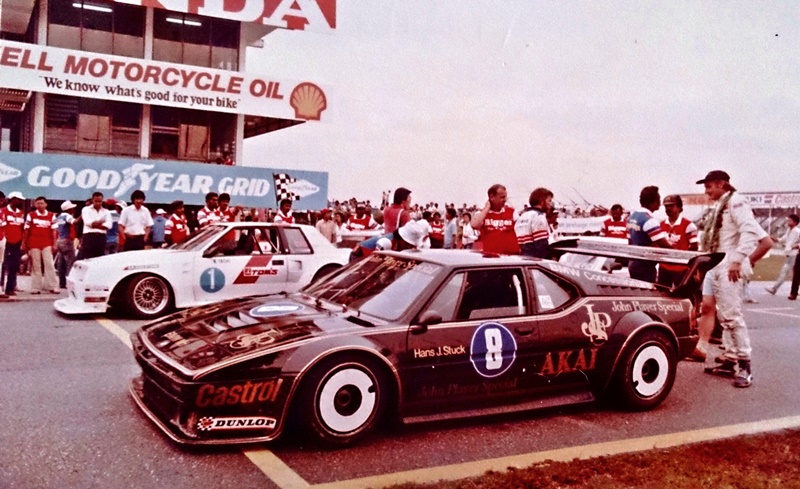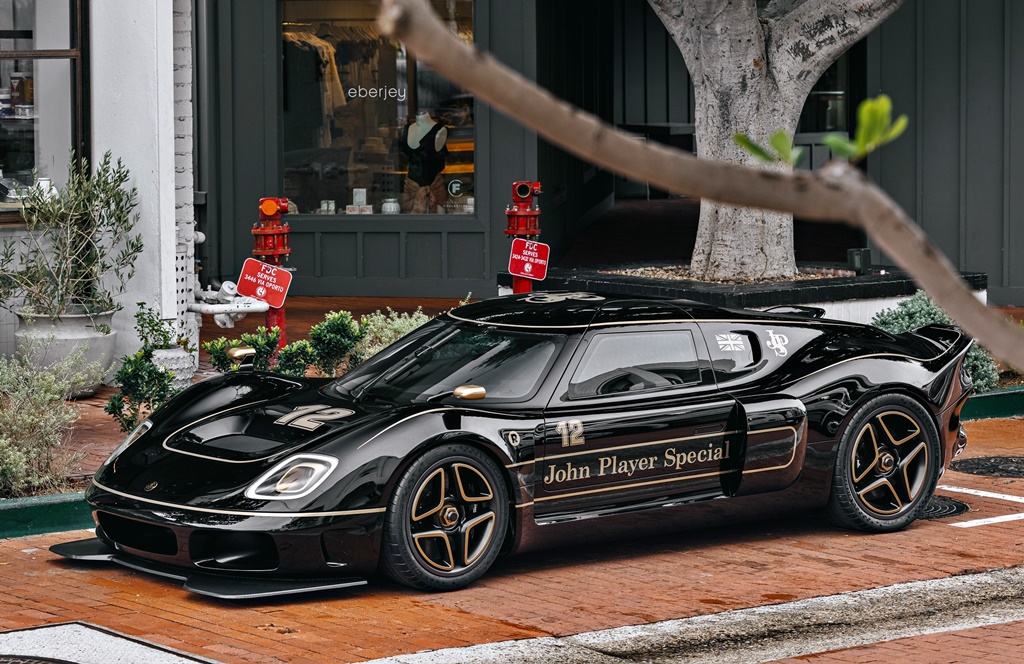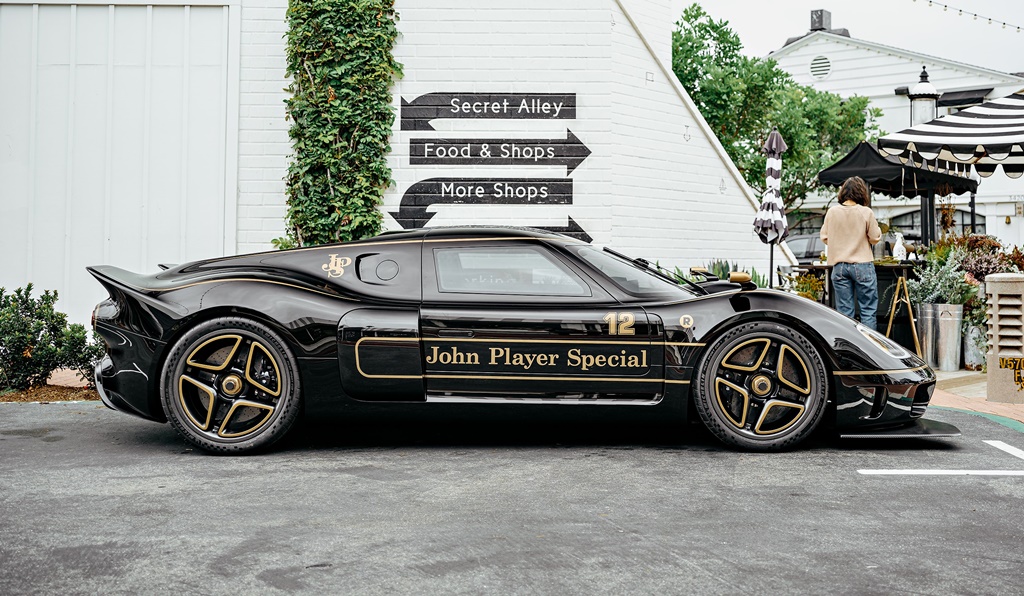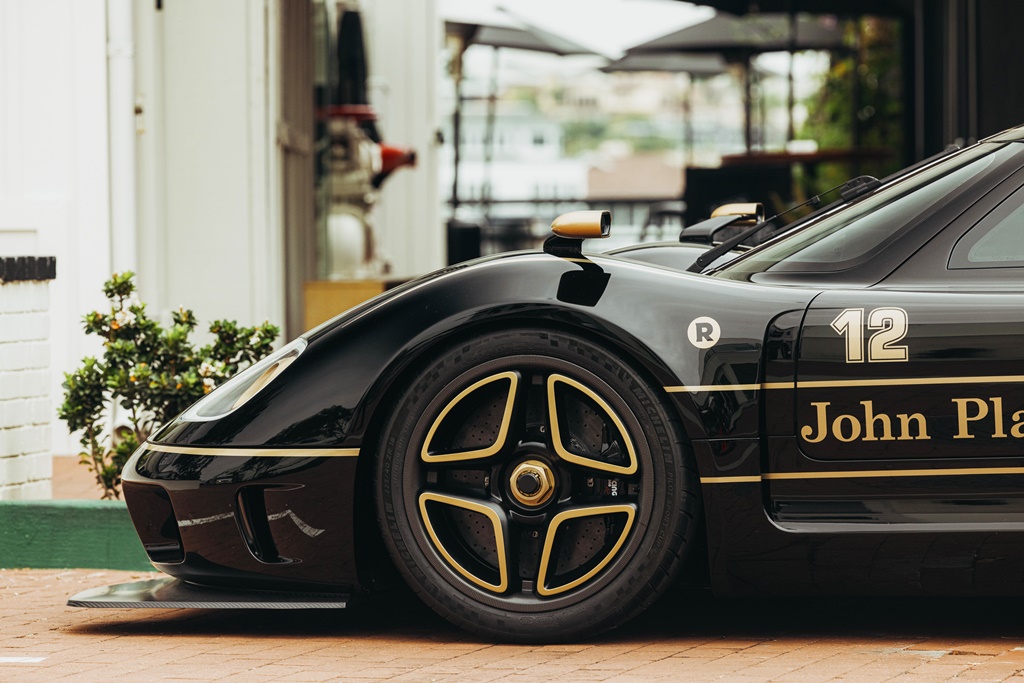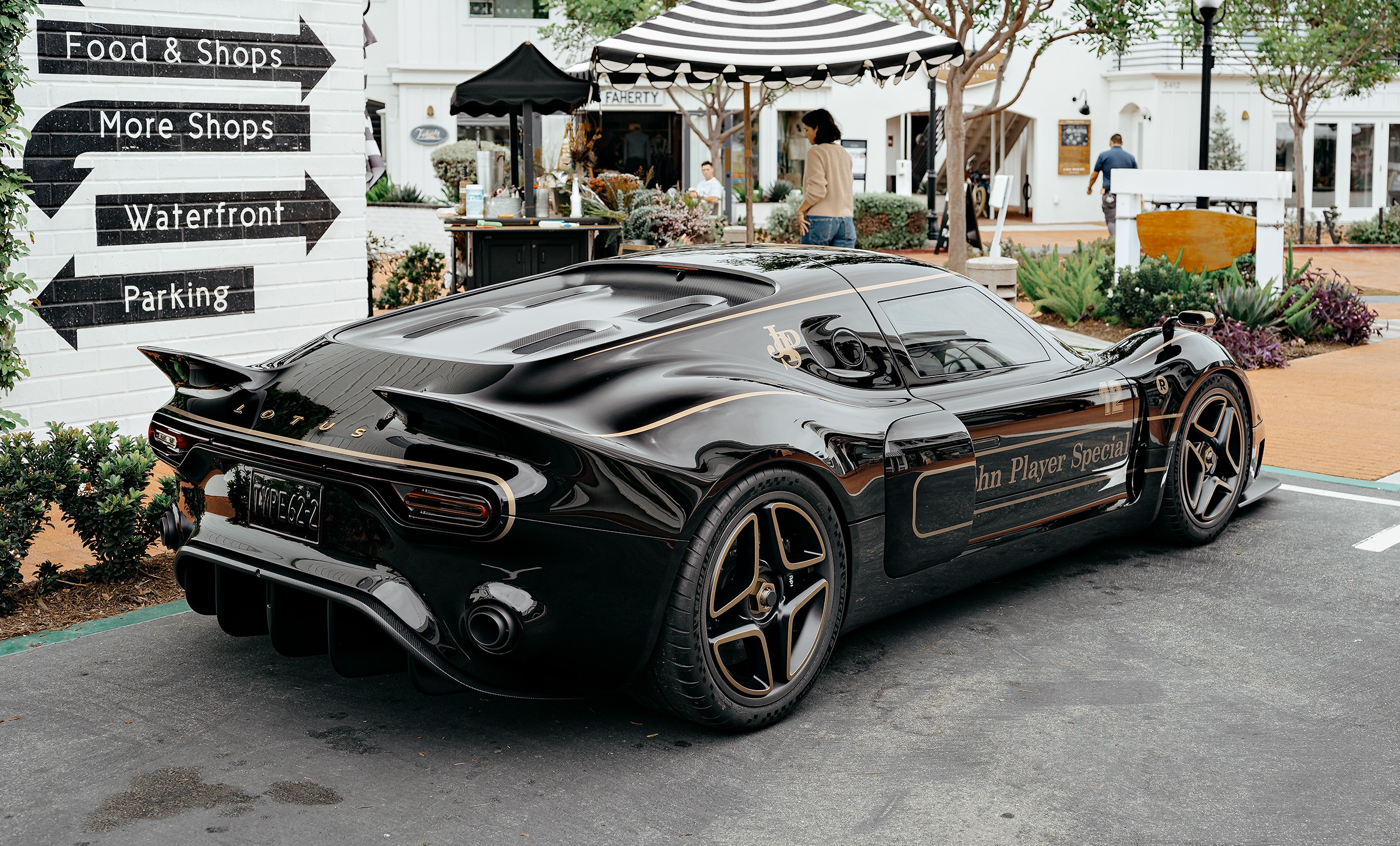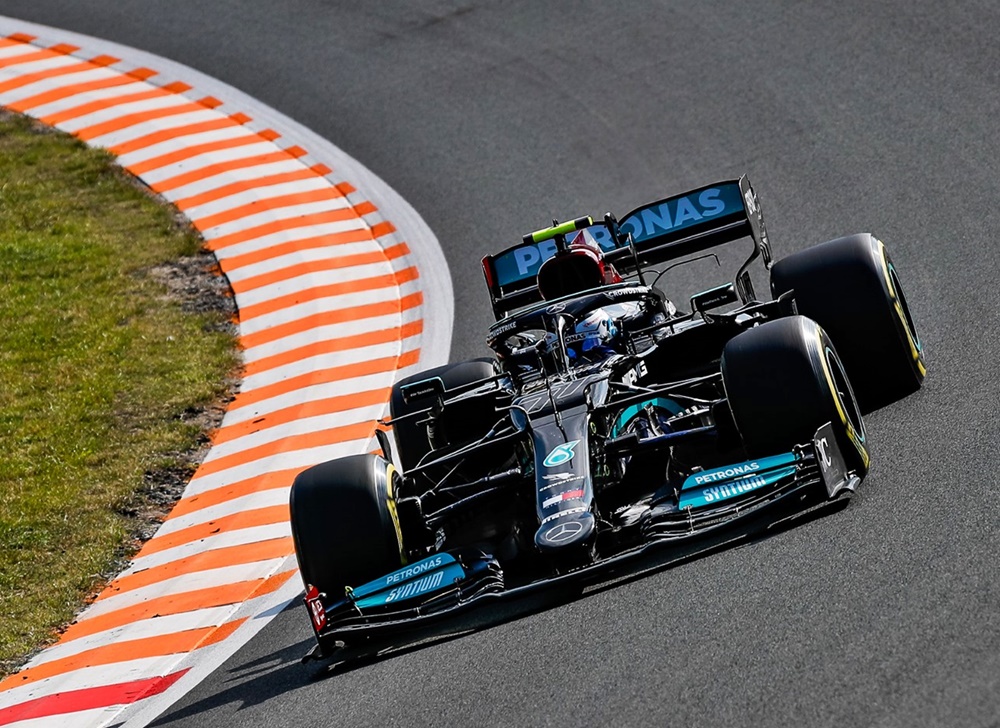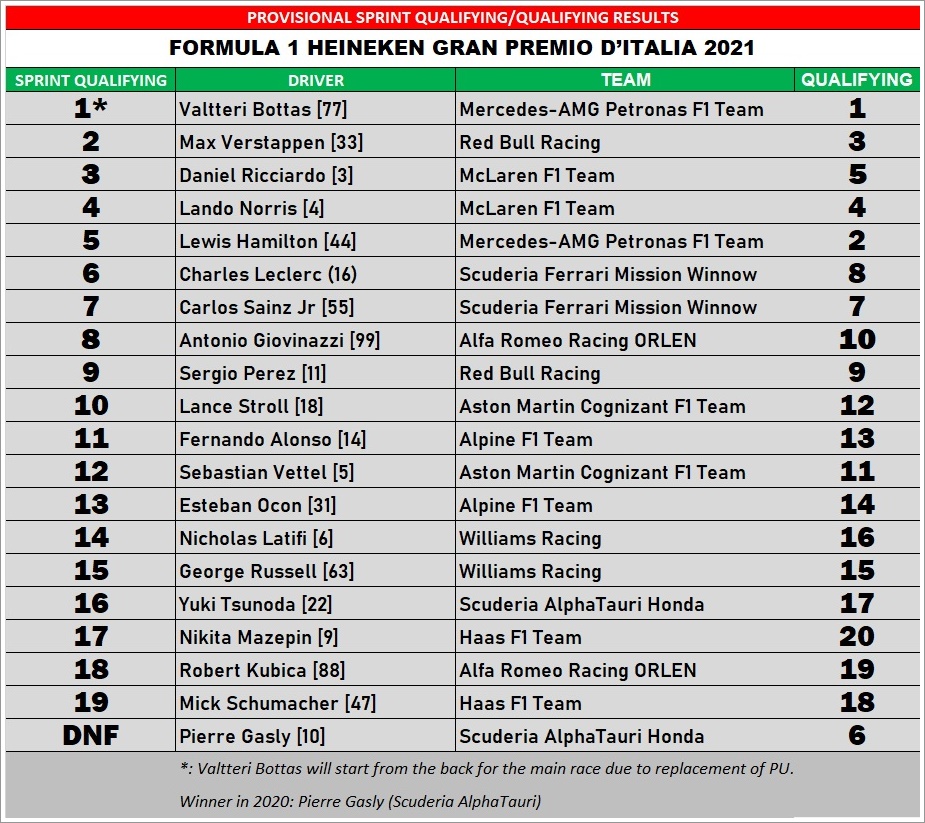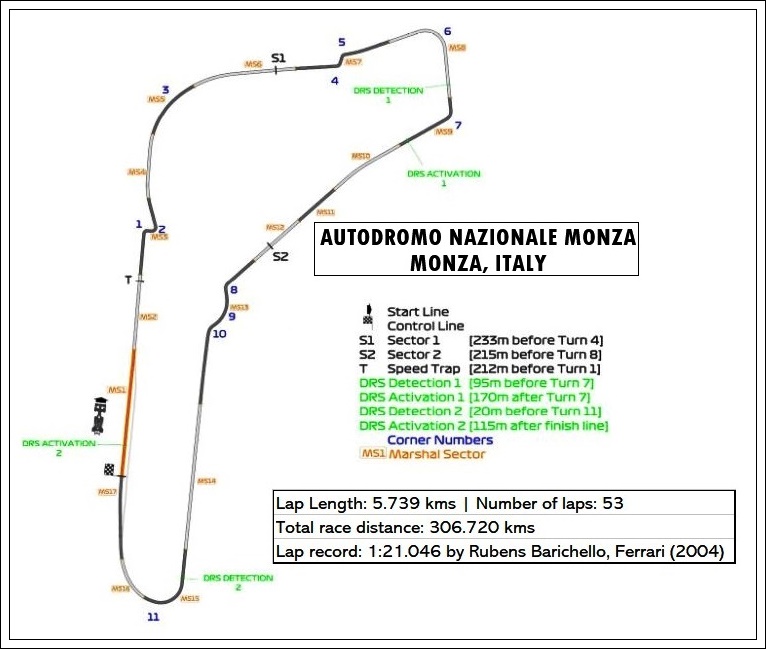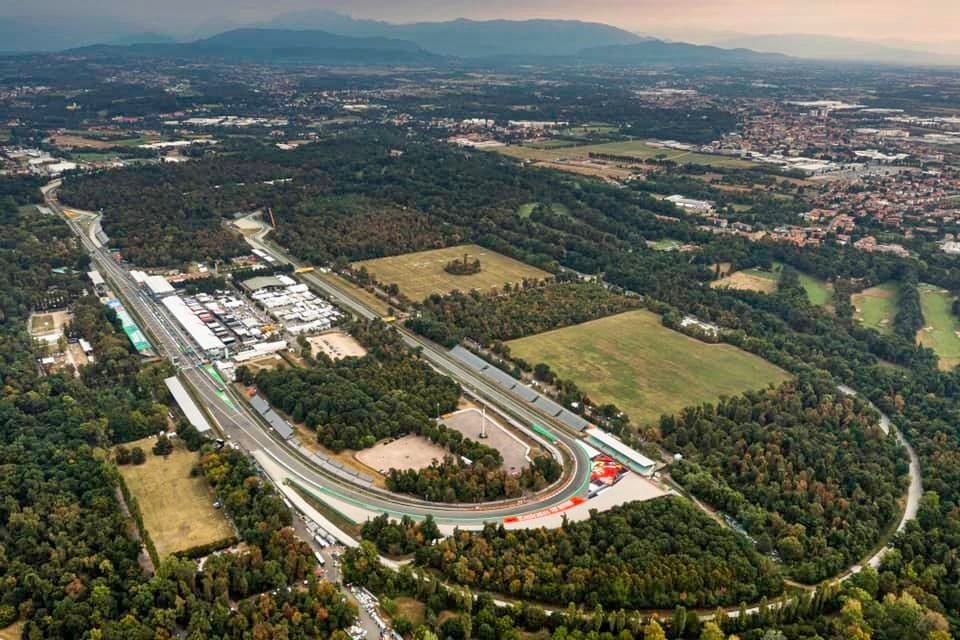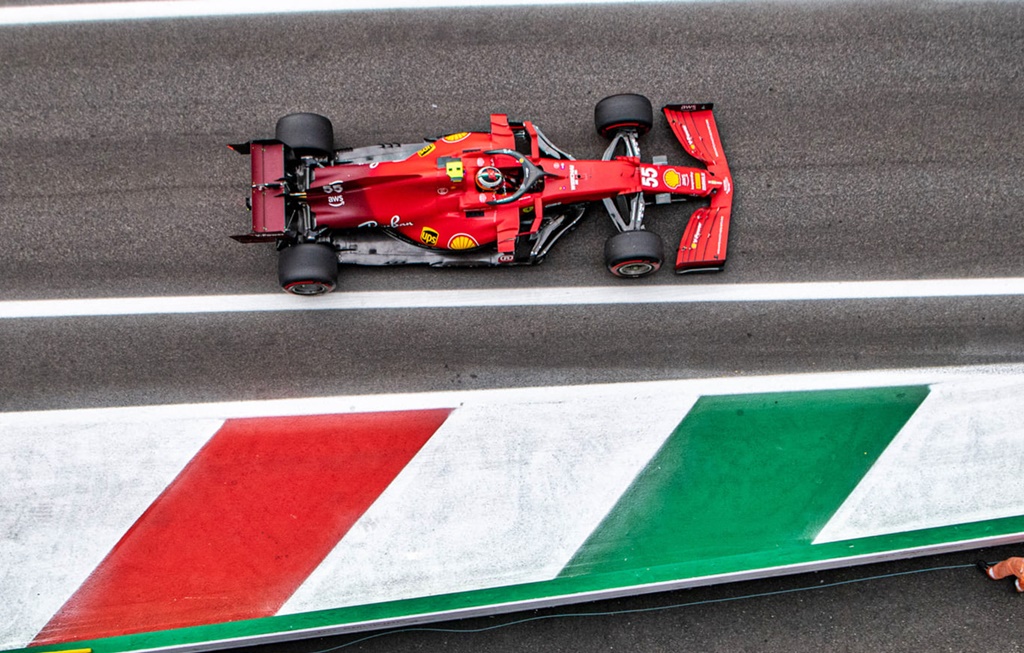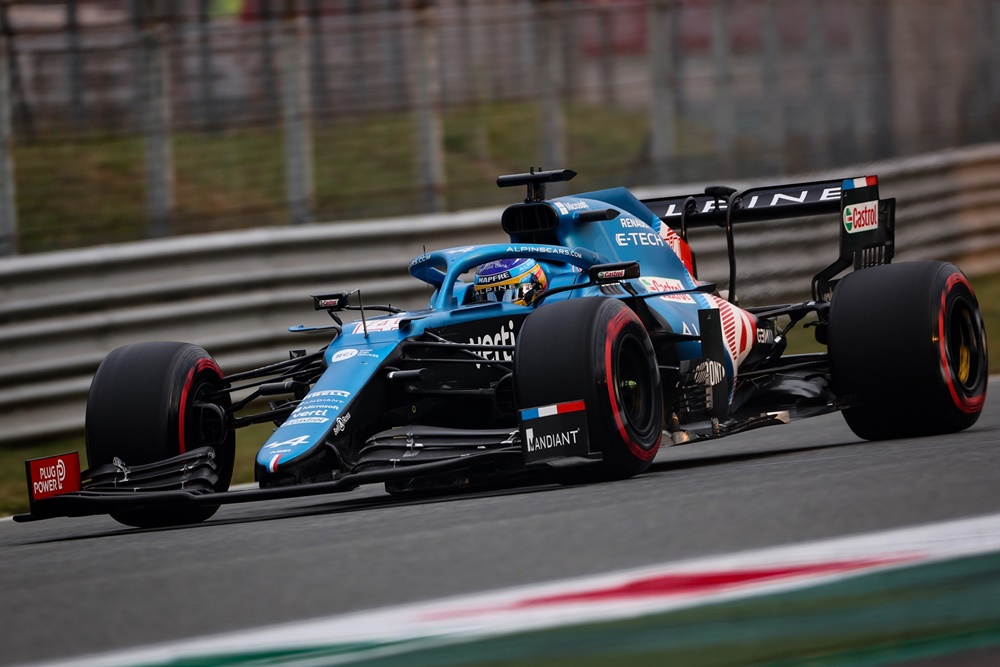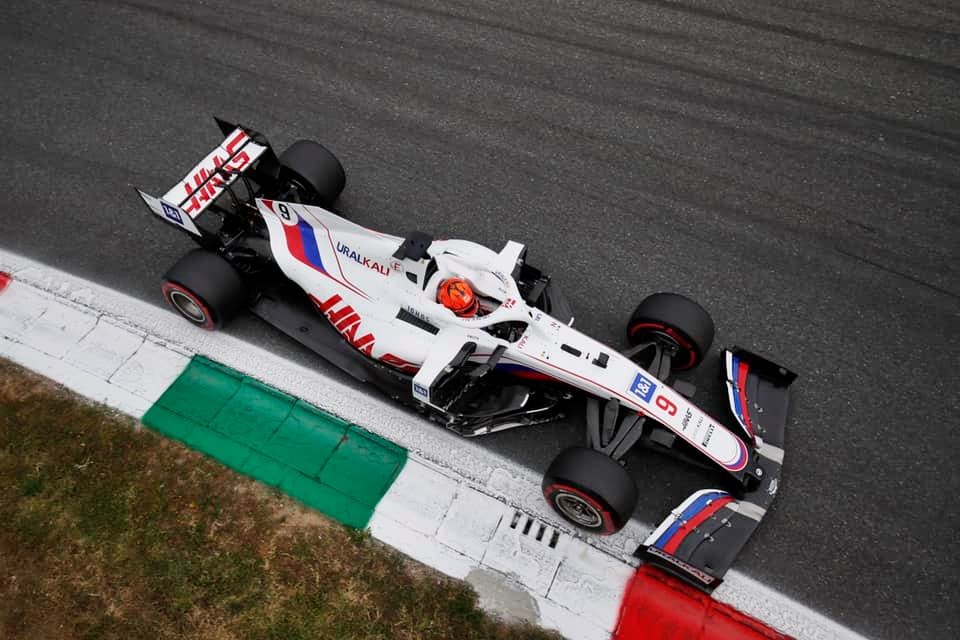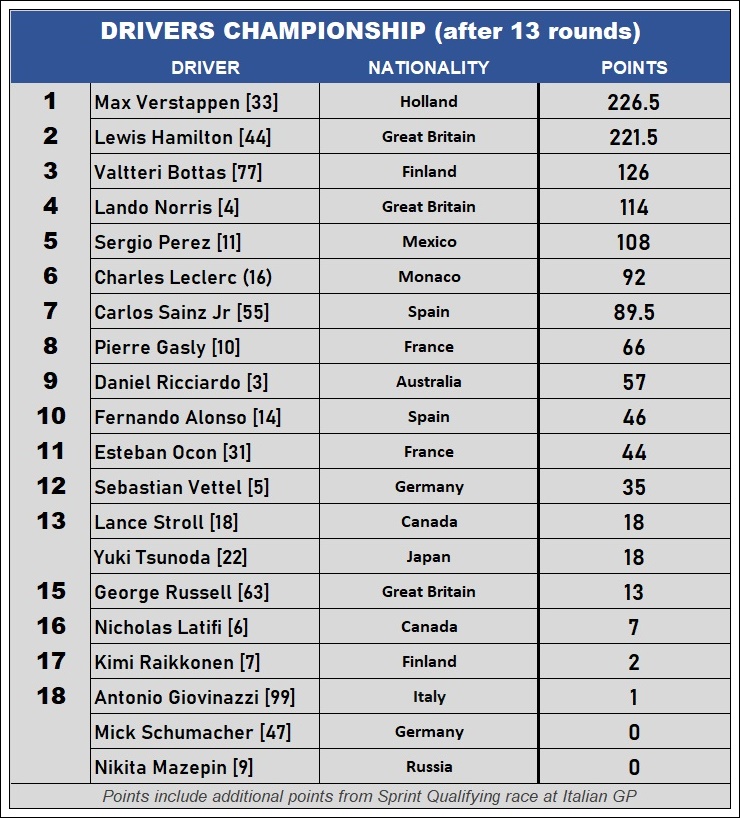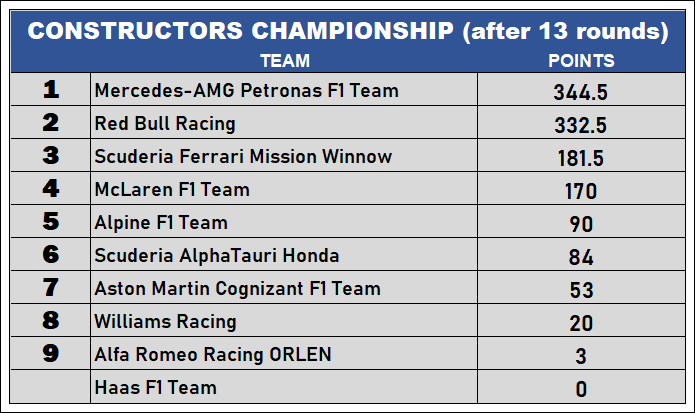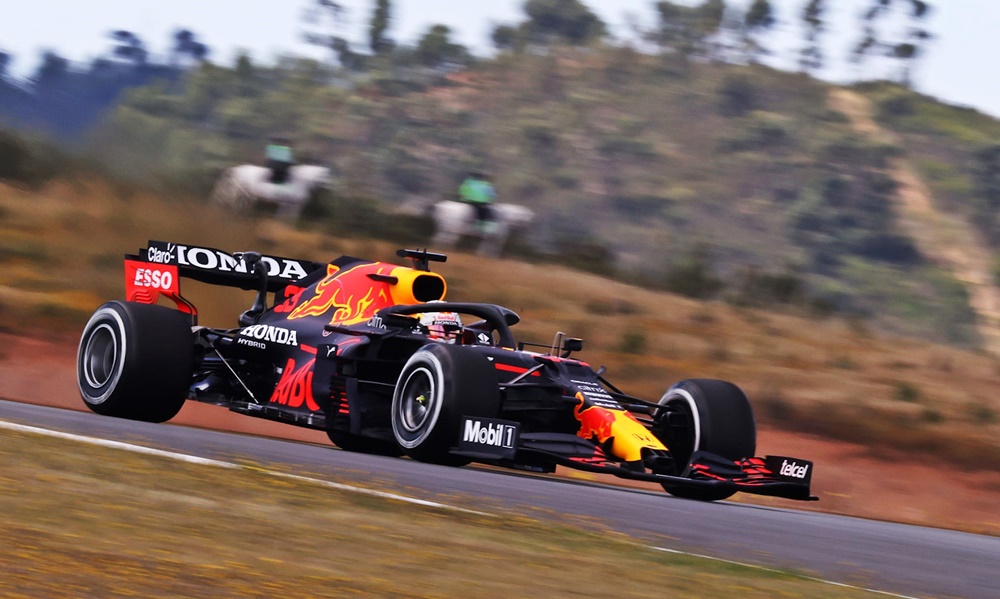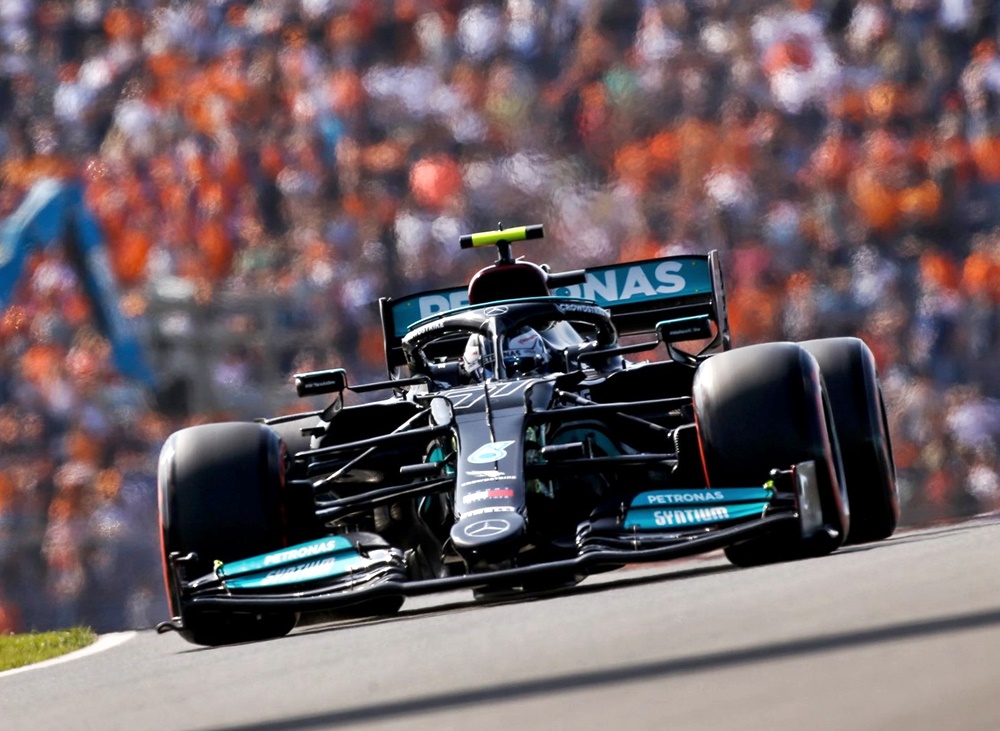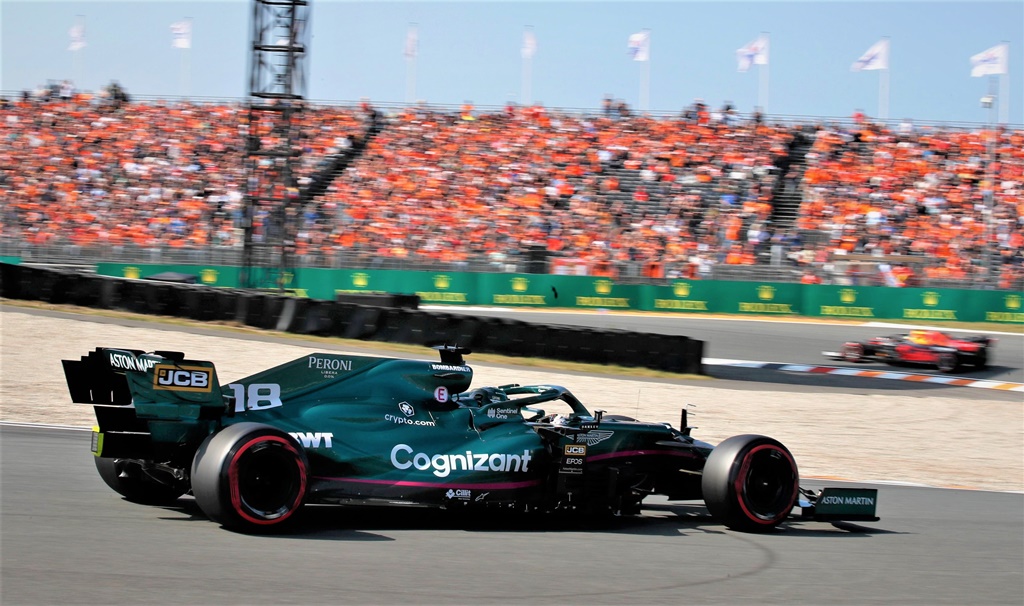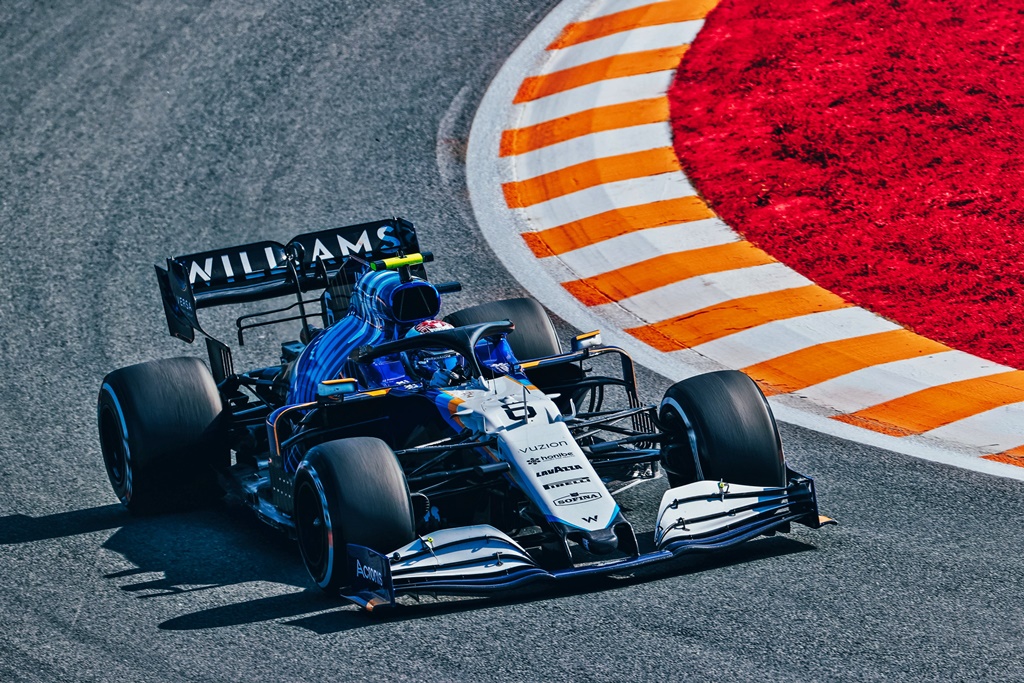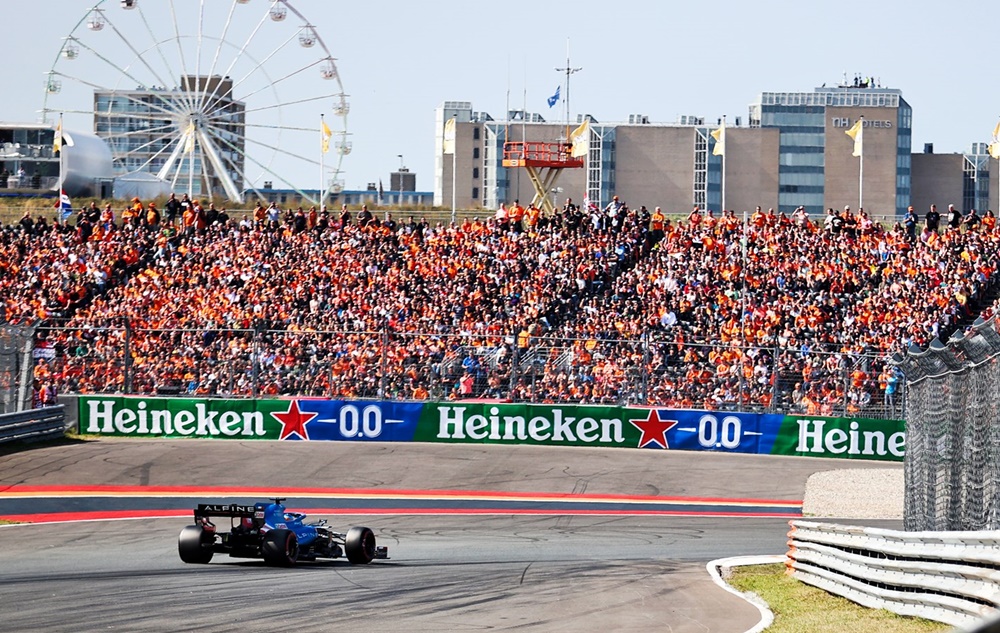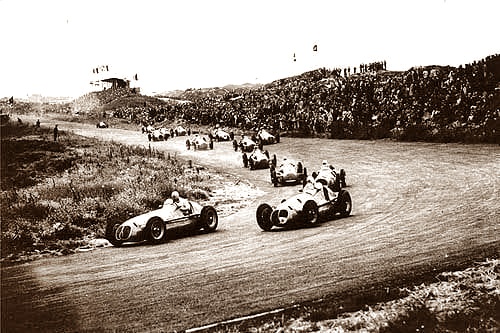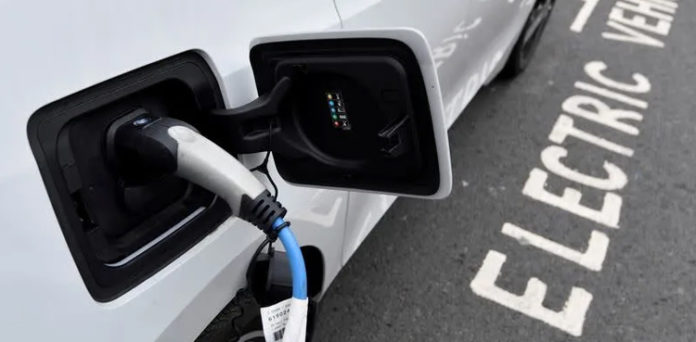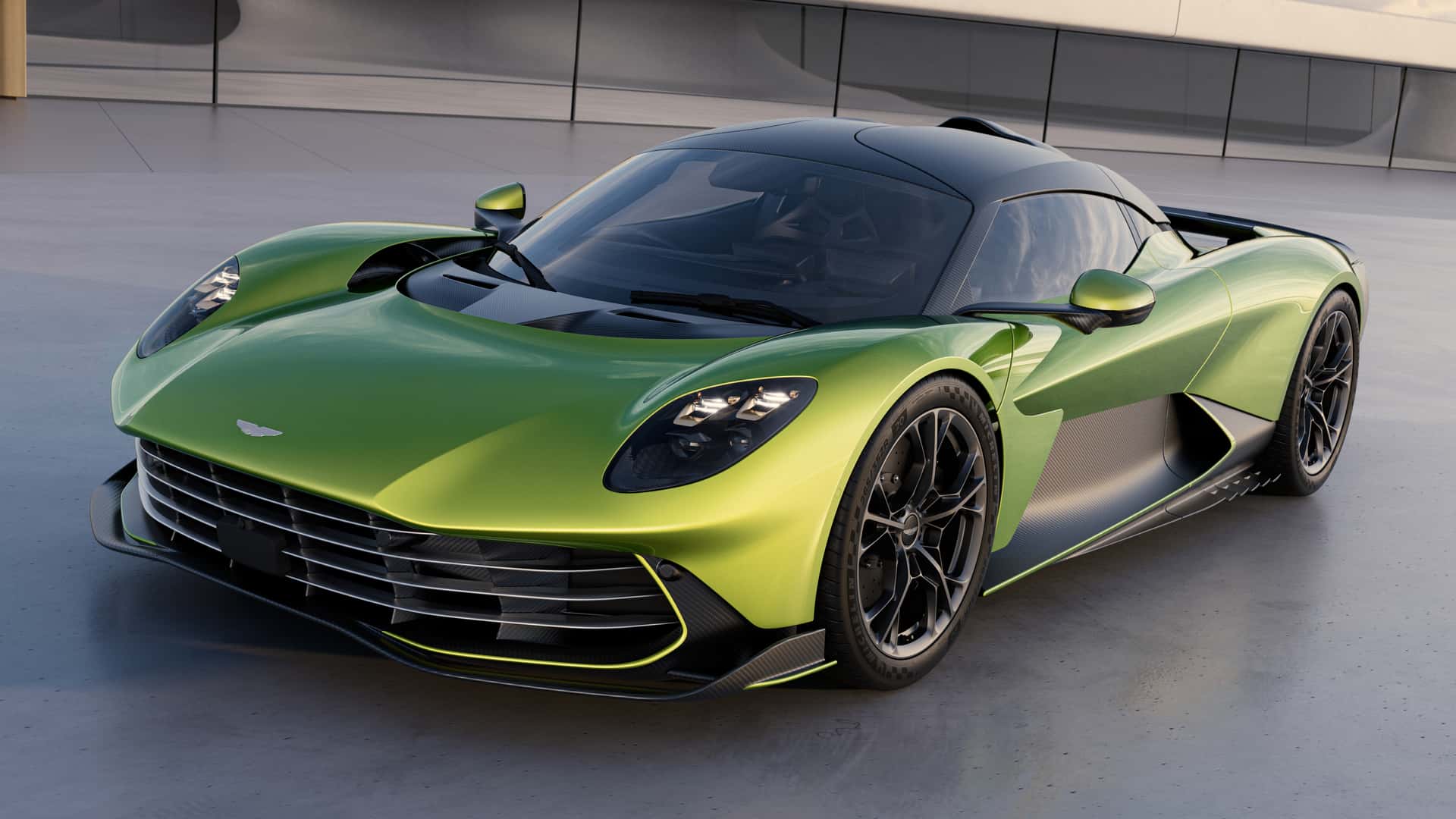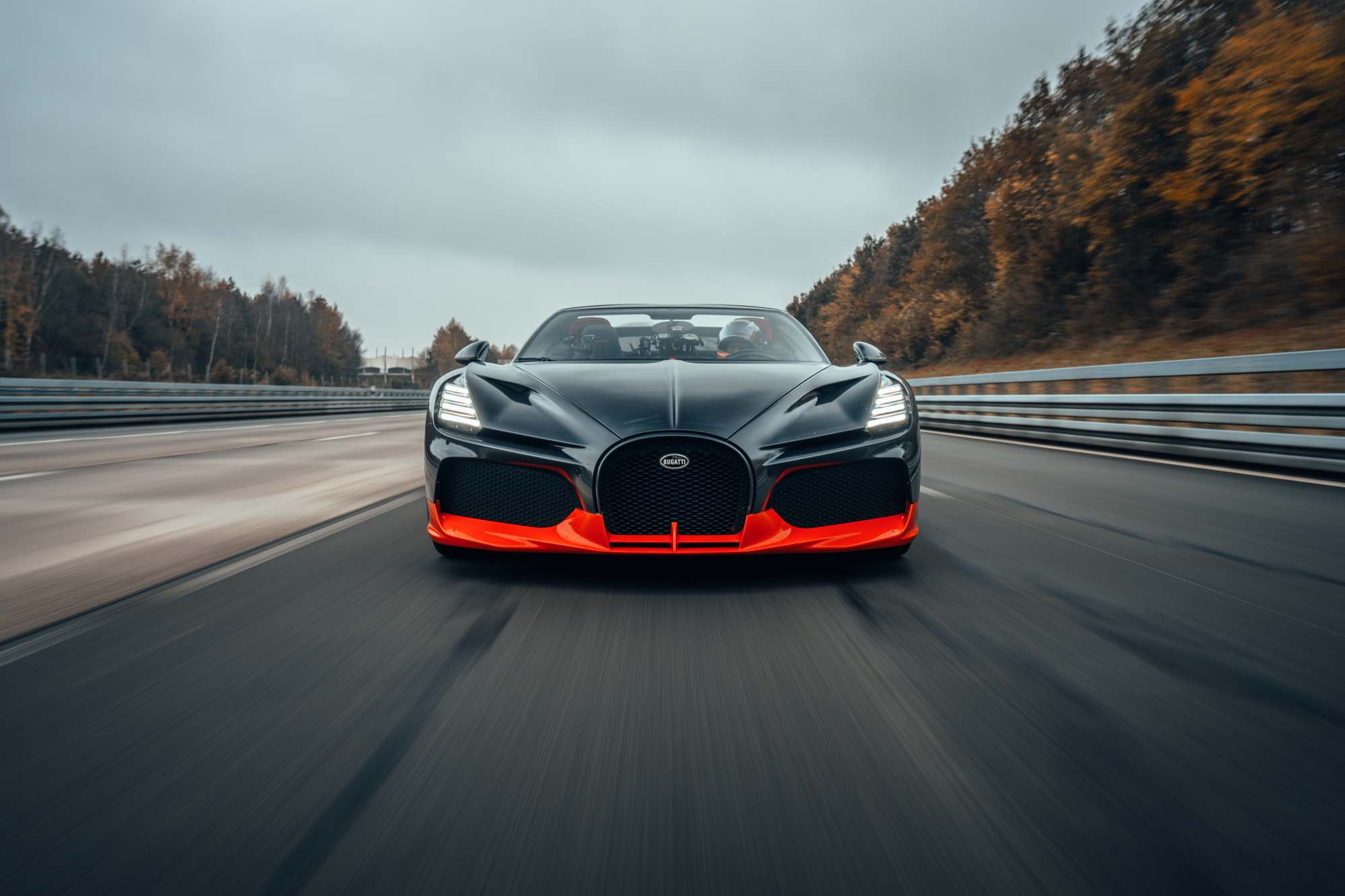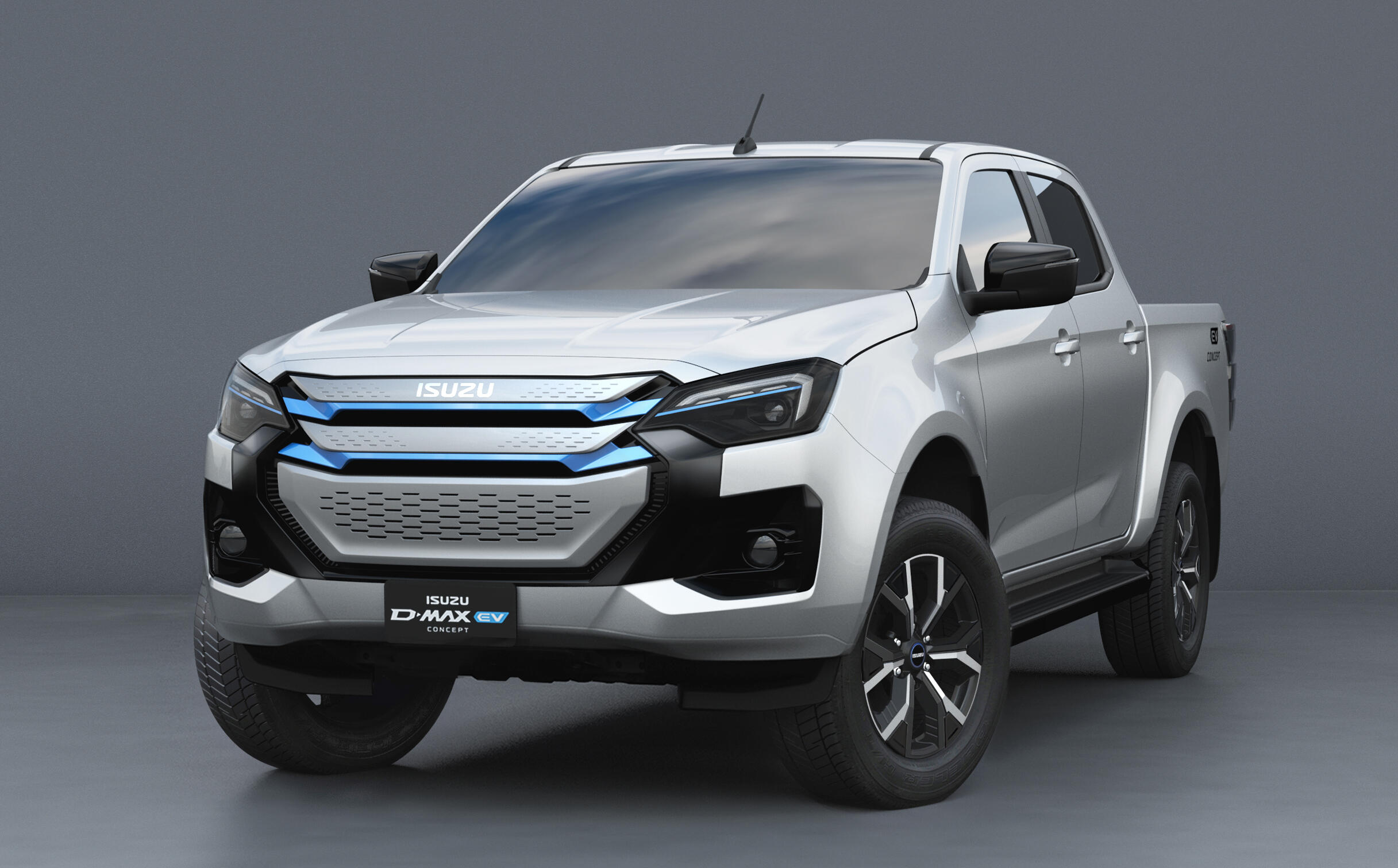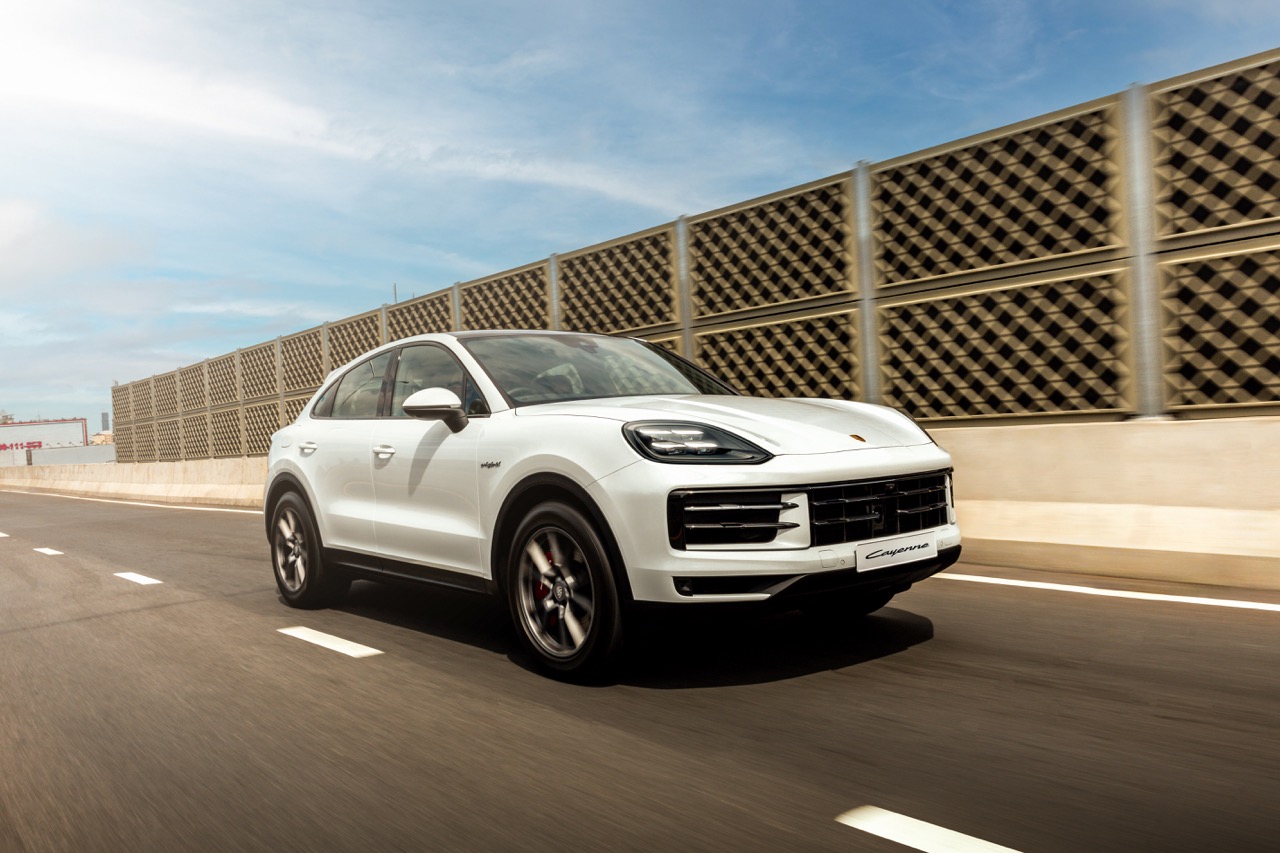The Formula 1 organisation has released its calendar for next year and the 2022 Formula World Championship will have 23 rounds, one more than 2021. Perhaps to be on the safe side, the Australian GP is no longer the season-opener, as it was for many years. In 2020, the opening round in Melbourne was cancelled at the last moment as the pandemic worsened and there was hope that it could be held later in the year. But that didn’t happen and in 2021, the same thing happened and Bahrain had to quickly take over for the first round.
This year, the Middle Eastern venue is again the season-opener on March 20, along with Jeddah, Saudi Arabia hosting Round 2. It will be the second time for the Jeddah Street Circuit but at this time, little is known about it since the first race on it will only be towards the end of this year’s championship. It is likely to be a night race as it would be cooler, especially in March.
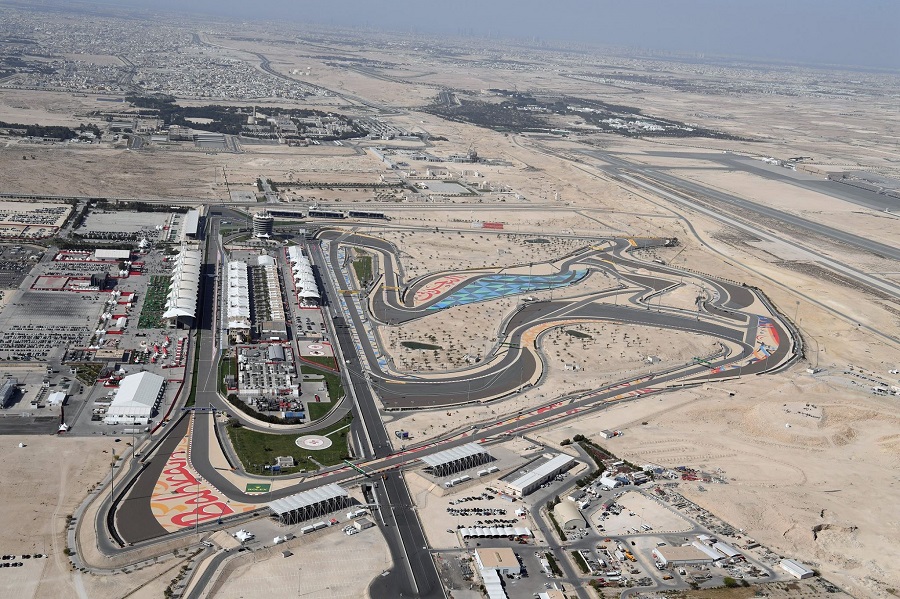
Round 3 will be held in Australia, a rather long journey down under and then for Round 4, the teams will have to fly all the way to Florida in the USA where there will be the first ever F1 race in Miami. It will be one of two races to be held in America, the other being Round 20 in October in Texas. The Miami circuit will be new to everyone but the Circuit of The Americas in Austin, Texas, is a familiar one already.
After Miami in the early part of May, the teams will then return to Europe where there will be 3 rounds before crossing the Atlantic again for the Canadian Grand Prix in Montreal. Then it’s back to Europe for 8 rounds until September 25.
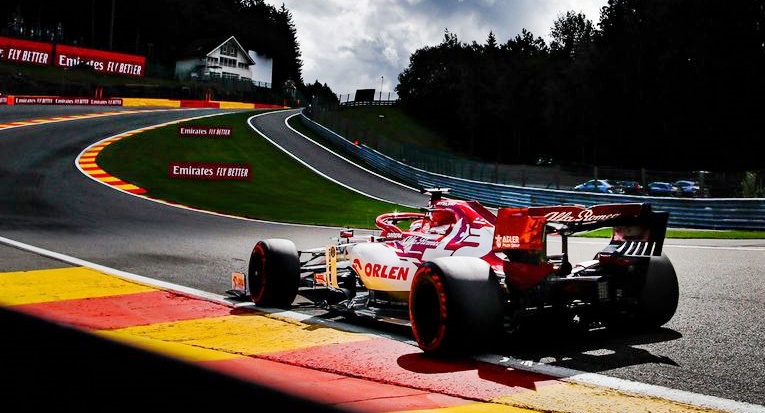
The only two rounds in the Far East are in Singapore and Japan during October. Both venues had cancelled in 2020 and 2021 due to the severity of their pandemic conditions that made it not only risky for the participants but would also have been troublesome logistically with long quarantine periods.
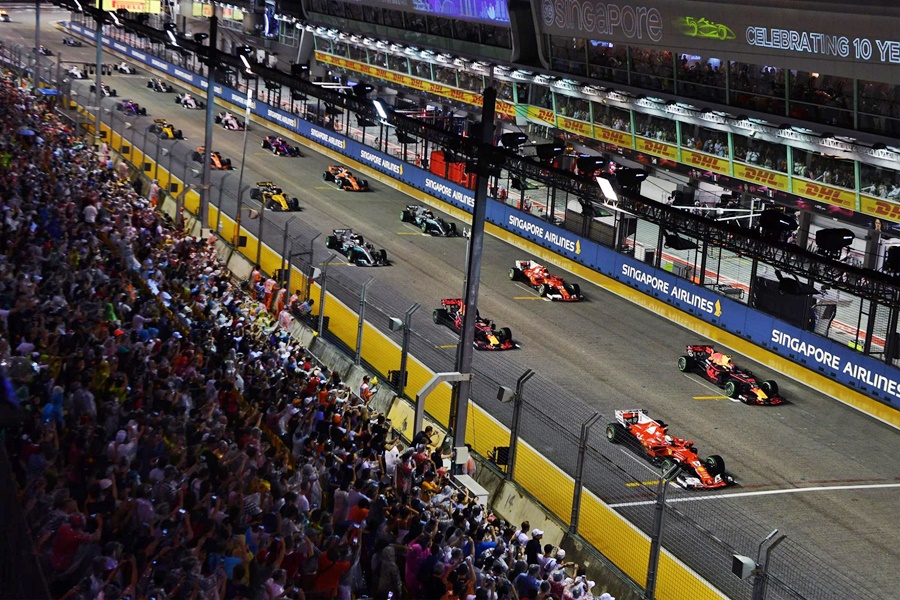
After Japan (which hopefully will not be hit by a typhoon at the time), the next venue is in the western hemisphere 14 days later for the second race in America. While they are in the Americas, they will head south to Mexico City for Round 21 and then Sao Paolo’s well known Interlagos Circuit for Round 22. By then, it will be mid-November and the final round of 2022 will be at the Yas Marina Circuit in Abu Dhabi on November 20.
Hopefully, unlike the 2020 and 2021 seasons, the schedule as published can be retained and rounds do not have to be cancelled or postponed because certain countries introduce lockdowns again or tougher quarantine requirements. The COVID-19 pandemic seems to be diminishing and health authorities in many countries are hopeful that we will be able to have ‘normalcy’ in 2022, so motorsports and other activities can be held safely.
Is the Monaco Circuit the hardest on brakes in the F1 championship? (w/VIDEO)


